This article is also available in Romanian.
- Did you know? – interesting facts about Hawaii
- We’ve been there – details about our holiday
- Travel impressions – impressions after 1 week spent in Hawaii
- 7-day itinerary in O’ahu & Big Island – places we’ve visited in Hawaii
Aloha!
- ©MatadorNetwork.com
- Island Naturals Market & Deli in Kona, Big Island
Hawaii is part of the United States of America and is the only US state located in the Pacific Ocean and the only one which consists entirely of islands (137 islands, islands, atolls, reefs). This is also the most isolated island chain in the world, being located at over 3200km / 2000miles far from other land.
The 8 largest Hawaiian islands are:
- Hawaiʻi Island (The Big Island)
- Maui (The Valley Isle)
- O’ahu (The Gathering Place)
- Kaua’i (The Garden Isle)
- Moloka’i (The Friendly Isle)
- Lānaʻi (The Pineapple Isle)
- Ni’ihau (The Forbidden Isle)
- Kaho’olawe (The Target Isle)
We had the opportunity to visit the islands of O’ahu and Big Island.
- Hawaii means homeland;
- Hawaii has its own timezone (Hawaii Standard Time / GMT-10) ;
- Hawaii’s surface grows 16 hectares / 42 acres each year due to volcanic eruptions (Kilauea volcano, the most active volcano in the world, last erupted in 2018). The leaking lava reaches the sea level and creates a new surface;
- Mauna Loa is one of the largest volcanoes in the world. Its lava fields are used by researchers because the terrain resembles that of the Moon and Mars;
- The lowest temperature in Hawaii was recorded on top of Mauna Kea volcano which is also called the White Mountain (-11°C / 12°F). This is the highest mountain in the world measured from base to summit (over 10,000m / 33,000ft );
- The most popular concept of a lei wreath in Hawaiian culture is a garland/wreath given on arrival or departure as a symbol of affection;
- The Dole Pineapple Plantation on the north of O’ahu Island includes the largest labyrinth in the world (Pineapple Garden Maze) made of 14,000 plants;
- Several Hollywood movies filmed some of their scenes in Hawaii: Jurassic Park & Jurassic World, 50 First Dates, Godzilla, Tropic Thunder and You, Me and Dupree. Those film studios can be visited at Kualoa Ranch.
- Billboards and gambling are prohibited in Hawaii. Same thing with the snakes, the only places where they can be seen are the zoos. They were banned on the island to protect birds and other species of animals that could be hunted by snakes;
LOCATION
Hawaii / United States of America / Pacific Ocean.
DURATION & MONTH
One week in December.
TRANSPORT
Airplane tickets:
- Amsterdam – Honolulu (O’ahu) (via Las Vegas where we spent 3 days when returning from Hawaii – check out the articles here) → momondo.com
- Honolulu (O’ahu) – Hilo (Big Island/Island of Hawai’i) → hawaiianairlines.com
Car rental → Alamo
ACCOMMODATION
Kapolei (O’ahu) and Pāhoa (Papaya Farms Rd/Big Island) – Airbnb.
FLIGHT → We decided to visit Hawaii after finding on momondo a ticket of about € 500 from Amsterdam to Honolulu (O’ahu Island), the capital of Hawaii. The price was not expensive. Besides that, we bought 2 other airplane tickets separately because we wanted to visit a second island in Hawaii, Big Island, and spend a few days in Las Vegas on return.
Without counting the time spent with the 2 stops, we traveled a total of 18h by plane from the Netherlands to Hawaii. On the longest flight (Frankfurt-Los Angeles, 12h), time went by very quickly because I watched 4 movies and I also had some Wi-Fi access, so I could speak with my family by messages.
JET LAG → Between Amsterdam and Honolulu there are 11h difference. In the first night we spent in Hawaii, I woke up at 4am. Then, gradually, I settled into the new time zone. But the return was very difficult because we initially spent a few days in Las Vegas (3h difference compared to Hawaii), then we landed in the morning in Amsterdam, and in the evening we had a flight to Romania to spend the Christmas holiday with the family.
CLIMATE → Overall the weather was beautiful, with temperatures around 26°C / 80°F. We also had short tropical rains that caught us by surprise and determined us to buy rain capes. On Big Island, the wind was very strong. The waving sea was a joy for surfers, but not for those keen to swim.
- Clear, windy day
On the other hand, on the famous Mauna Kea and Mauna Loa volcanoes, with altitudes exceeds 4,000m / 13,000ft, the temperature was not higher than 7°C / 44°F. During the hikes on the volcanoes I took all the thick clothes I had in my luggage and a woolen shawl that also kept me warm in the planes. I only bought a jacket the next days when we went to Las Vegas, but not because I was cold anymore, but because I liked the jacket’s color. 🙂
ISLANDS →That week we visited 2 islands, O’ahu (where the state capital is, Honolulu) and the Big Island. Next time I want to visit Kaua’i which is called “The Garden Isle”.
O’ahu didn’t impress me very much, especially because it was very crowded and the traffic was intense, which is not quite what you would expect on an exotic island in the middle of the Pacific Ocean. However, the island has its own charm that cannot be challenged. The most spectacular landscapes consist of sharp and green ridges of the mountains and the abundant vegetation at their foothills.
- Traffic on a 4-lane highway in Honolulu, O’ahu
On the other hand, Big Island was very quiet, mysterious at times, especially in the areas where lava had “swept” the dwellings and the nature. We met many hippies whose bohemian and unconventional lifestyle perfectly integrated into that landscape. They lived in tents or caravans.
- Hippie lifestyle on Big Island
NATURE/VEGETATION → Before I got there, in my mind Hawaii was shaped like a land with ocean views, mountains, wild, with sharp ridges and abundant greenery. On the spot, I was surprised to find Honolulu, O’ahu, such a busy and crowded location. The most relaxed atmosphere was found on Big Island, the place where only half a year before (May 2018) Kīlauea volcano erupted, completely transforming the landscape, destroying ~700 dwellings.
RAINBOWS → Hawaii was the place where at least one rainbow appeared in the sky every day.
In Hawaiian mythology, rainbows play a very important role. It is considered that they are used by the gods as a road between heaven and earth.
- Capturing the rainbow on camera
- Hawai’i, the paradise of rainbows – I saw at least 2 rainbows per day
GENERAL CONCLUSION → Hawaii is the place I will always remember with pleasure and it awakens a feeling of peace and tranquility within me due to the spectacular nature found especially on Big Island.
7-day itinerary in O’ahu and Big Island
Click on the small arrow from the map (top left corner) to expand the map legend and visualize all the places mentioned in this article.
DAY 1 – O’ahu
- Diamond Head State Monument
- Kalaniana’ole Hwy (Hwy 72) – lookout points
- Tantalus Drive (Tantalus lookout)
- Honolulu
- Waikiki Beach
DAY 2 – O’ahu
- Manoa Falls Trail / Lulumahu Falls Trail
- Haleiwa North Shore / Waimea Valley
- or Hiking (Stairway to Heaven Trail / Ka’au Crater Hike / Three Peaks – Olomana Trail)
DAY 3 – O’ahu
- Makapu’u Point Lighthouse Trail
- Koko Crater Railway Trail
- Waikiki Beach
DAY 4 – Big Island
- Pahoa City
- Kaimu – Chain of Craters Road
- Hawai’i Volcanoes National Park
DAY 5 – Big Island
- Mauna Kea Summit – Humu’ula Trail
DAY 6 – Big Island
- Pu`uhonua O Hōnaunau National Historical Park
- Two Step Beach (Hōnaunau Bay)
- White Sand Beach (Kailua-Kona)
DAY 7 – Big Island
DAY 1 – O’ahu
- Honolulu
- Waikiki Beach
- Diamond Head State Monument
- Tantalus Drive (Tantalus lookout) – Round Top Drive
- Kalaniana’ole Hwy (Hwy 72) – lookout points
Honolulu
Honolulu is the capital city of Hawaii.
- Honolulu, the capital of Hawai’i
Some of the main attractions of O’ahu are:
- Pearl Harbor – it is Hawaii’s largest natural harbor; the name comes from the pearls that were once harvested from that area; During World War II, the US naval base was bombed by the Japanese, which caused the Americans, neutral until that time, to officially enter the war; Japan’s action was a precautionary measure to prevent the US Pacific Fleet from interfering with its planned military actions in Southeast Asia against the overseas territories of the United Kingdom, the Netherlands and the United States;
- Waikiki Beach – the cosmopolitan area is known for its luxury resorts, shopping and entertainment area and the multitude of water sports: surfing, canoeing, snorkeling, swimming;
- Diamond Head State Monument
- Waikiki Beach by night
- Christmas atmosphere on Waikiki Beach
Diamond Head (Lēʻahi) State Monument
Diamond Head is a volcanic cone in O’ahu, located near the eastern edge of the Waikiki coast and it is one of the most popular sights on the island. The 1.2km / 0.8miles trail leading to Lēʻahi peak can be completed in 1.5-2h. The last climb is at 4:30 PM. The trail starts from the crater base and can be a challenge for those who do not have physical condition because it includes ~ 100 steps just near the peak. But it is a route that can be approached by anyone and it is worth hiking: a magnificent view over the ocean and the capital of Honolulu.
- Hiking to Lē‘ahi
- Trail to Lē‘ahi
- Overviewing Honolulu from Lē‘ahi
Make sure you have enough drinking water for the hike!
The route was built in 1908 by the US Army as a point of observation to prevent attacks against the island.
Tantalus Drive (Tantalus lookout) – Round Top Drive
Mount Tantalus (Puʻuohiʻa) is a paradise through the tropical jungle. Tantalus Drive is connected to the Round Top Drive, forming a loop. The road goes through the heart of the forest. This area can be a short getaway from the capital of Honolulu for hikers or cyclists.
- Tantalus Drive
- View of the Diamond Head from Tantalus Drive
The only problem in the Tantalus area is the quite frequent rainfall. This was also the reason why we were unable to go hiking that day.
Kalaniana’ole Hwy (Hwy 72)
The Kalaniana’ole Highway between Hawaii Kai and Waimanalo is a scenic ~ 30km / 18miles road that runs through the southeastern region of O’ahu Island. It passes several attractions:
- Koko Head Crater – a volcanic crater that can be explored by climbing ~ 1000 railroad ties that are used as stairs and built during World War II;
- Koko Head Trail
- Hanauma Bay – the island’s most popular snorkeling beach;
- Lanai Lookout – the place from where the neighboring islands of Molokai, Lanai and Maui can be seen if it is clear outside;
- Halona Blowhole lookout and Halona Beach Cove (Caution, ocean currents are very dangerous!);
- Halona Blowhole lookout
- Halona Beach Cove
- Lookout Makapu’u – view to Makapu’u Beach, Sandy Beach, Kaohika’ipu and Rabbit Island;
- Makapu’u Lookout
- Rabbit Island
- Ka Iwi Scenic Shoreline – it leads to Makapu’u Lighthouse;
- Makapu’u Lighthouse
DAY 2 – O’ahu
- Manoa Falls Trail / Lulumahu Falls Trail
- Haleiwa North Shore / Waimea Valley
- or Hiking (Stairway to Heaven Trail / Ka’au Crater Hike / Three Peaks Trail)
Manoa Falls Trail
The trail to Manoa Falls is relatively short and not difficult. It has 2.5km / 1.6miles in length and it can be completed in 1-2h, depending on how many stops you make to photograph the nature. Rainfall is very heavy in that area, which is why the vegetation is abundant. The path, often muddy and slippery, goes through the forest, eventually reaching the 45m / 150ft waterfall. Scenes from “Jurassic Park” movie and from the TV series “Lost” were filmed in the area.
- Manoa Falls Trail
- Abundant vegetation on Manoa Falls Trail
- Manoa Falls
Nearby Manoa Falls there is another waterfall, Lulumahu, and the path that leads to it is wild. But because of the weather, we decided not to do another hike that day and continued exploring O’ahu by car.
Haleiwa North Shore
The city of Haleiwa, along with the North Coast of O’ahu Island, are known as the surf capital of the world. The area is only 1 hour drive from Waikiki.
- ©Anthony Quintano from Honolulu, HI, United States, commons.wikimedia.org
Also on the north coast you can visit the Dole Pineapple Plantation which includes the largest labyrinth in the world (Pineapple Garden Maze) made of 14,000 plants or you can go hiking in Waimea Valley.
- Pineapple Garden Maze ©Shutterstock, EliteDaily
Hiking
- Stairway to Heaven Trail (Haiku Stairs) – it is a 4.6km / 2.9miles steep ascent that includes nearly 4,000 stairs reaching up the mountain ridge and offering a spectacular view of the island and the ocean; the ladders were built in 1942 by the US Naval Forces to transmit radio signals to ships in the Pacific Ocean; nowadays, this route is guarded because it is forbidden to the public; the main reason is hikers’ safety; the fine for those who venture on the trail can reach up to $ 1000, but this does not prevent some from doing the hike;
- Stairway to Heaven Trail ©www.journeyera.com
- Ka’au Crater Hike (Three Waterfall Hike) – very difficult hike that takes between 4-6h to be completed, steep and slippery at times, but overall spectacular due to the wild landscape (vegetation, waterfalls, crater);
- Kaau Crater Trail ©www.journeyera.com
- Three Peaks (Olomana Trail) – the 7.1km / 4.4miles long hike is one of the most difficult in O’ahu; the hardest part is getting to the second and third peak because of the steep sections, the path being muddy, which increases the risk of slipping;
- Olomana Trail ©www.honolulumagazine.com
DAY 3 – O’ahu
- Makapu’u Point Lighthouse Trail
- Koko Crater Railway Trail
- Waikiki Beach
Makapu’u Point Lighthouse Trail
The ~ 2h trail starts off the highway south of the island, Kalanianaole Highway (Hwy. 72) and is one of O’ahu’s most famous hiking trails. The road is paved, which makes it possible to climb with baby carriages. Visitors can take binoculars with them and if they are lucky they can see the whales with the rooster in the November-May season or the birds on the neighboring islands.
- Makapu’u Point Lighthouse Trail
- Makapu’u Lighthouse
- View from Makapu’u Trail
If you come from the north of the island, before you reach Makapu’u you will pass by Sea Life Park in Waimānalo, a park that houses marine mammals and an aquarium, while also being a bird sanctuary.
Koko Crater Railway Trail
This is a unique trail, the ascent to the Koko crater is being done on an abandoned railway whose 1000 sleepers are used as stairs. The railroad was built during World War II to transport supplies to be stored in bunkers on the top of the mountain.
- Koko Crater Railway Trail
- Koko Crater
The climb takes ~ 1h30 and requires an average physical condition. At the beginning of the trail I met a local worn in flip-flops, who jumped from one stair to another so easily and he overtook us. We had not yet reached the top, while he was climbing to the top a second time.
Waikiki Beach
Waikiki is one of the most famous beaches in the world. It is man-made and is divided into 8 areas: Ft. DeRussy, Duke Kahanamoku, Halekulani, Royal Hawaiian, Kuhio, Kapiolani, Queens and Kaimana. After World War II, when tourism began to develop in Hawaii, sand was brought from other islands to stop beach erosion.
- Sunset at Waikiki Beach
ZIUA 4 – Big Island
- Pahoa City
- Hawai’i Volcanoes National Park – Kaimu, Chain of Craters Road
Pahoa City
The atmosphere in Pahoa city located on Big Island is extremely relaxed, in a hippie style, but it hides many sad destinies of people experiencing life-endangering events. Part of the city’s charm was lost along with the eruption of Kīlauea volcano, which began in May 2018 and forever transformed the island, destroying ~ 700 dwellings and swallowing roads and vegetation in its path.
In the first evening we spent on the island, we were searching the accommodation we had booked and because we were tired, we ignored a traffic sign saying the road was blocked, so we arrived with the car in front of a black giant of ~ 2m / 6.5ft high that completely blocked the passage. It was the petrified lava from the volcanic eruption. That was the biggest shock and the true awareness of what the force of nature can produce.
Hawai’i Volcanoes National Park
Big Island consists of five separate volcanoes: Kohala, Mauna Kea, Hualālai, Mauna Loa and Kilauea.
Hawai’i Volcanoes National Park is trying to protect the unique landscape found on Big Island. It includes the peaks of two of the most active volcanoes in the world – Kīlauea and Mauna Loa. Kīlauea last erupted in 2018 when ~ 600m / 2000ft from its crater height collapsed, now having the form of a huge cauldron that emits a strong smell of sulfur.
- Kīlauea Caldera
The park suffered a lot of damage during the Kīlauea volcano eruption. Currently, only certain park areas are open to the public, while others are under refurbishment.
The park has several attractions. One of them is the Steam Vents. Groundwater comes in contact with hot volcanic rocks and comes to the surface in the form of steam. The earth is so hot only a few meters deep that the roots of the trees cannot survive. Only herbs and plants with shallow root grow in that area.
- Steam Vents at Kīlauea
Another attraction is the Devastation Trail. The asphalted path goes through the area where Kīlauea Iki crater erupted in 1959.
- Devastation Trail
Kaimu – Chain of Craters Road
Kaimu – Chain of Craters Road is also part of Hawai’i Volcanoes National Park. Over time many volcanic eruptions have occurred and the lava has constantly flooded the picturesque Chain of Craters Road. Currently, it has 30km / 18miles in length and stretches from Lua Manu Crater (Kīlauea Caldera) to Hōlei Sea Arch.
- The effects of Kilauea volcano erruption
- Fields of petrified lava
- Recovery of vegetation after a volcanic erruption
The area is completely deserted and austere, as you can see how the lava flowed sinuously along the plain to the coastline, creating complex and spectacular volcanic relief shapes. It gives you the impression you have stepped on another planet. From place to place, the vegetation made its way through the petrified lava, giving a splash of color to the landscape.
ZIUA 5 – Big Island
- Mauna Kea Summit – Humu’ula Trail
Mauna Kea (4205m / 13796ft) is part of Hawai’i Volcanoes National Park and is the highest mountain in Hawaii and the highest mountain in the world measured from base to summit (~ 6000m / 20,000ft below the seabed).

By Frank Ravizza – Own work, CC BY-SA 4.0, Link
The hike (Humu’ula Trail) we did on this inactive volcano was one of the most spectacular experiences in Hawaii. The trail does not include very steep slopes, but it is difficult due to the scorching sun (there are no shaded areas) and the altitude of over 4,000m / 13,000ft which can give you tiredness or headaches. It is advisable to spend at least half an hour at Hale Pōhaku (2,800m / 9,200ft) to acclimatization, before climbing the peak.
- The road that goes to Mauna Kea
- Mauna Kea above the clouds
Thanks to the high altitude, low humidity, lack of light pollution and good weather, Mauna Kea is an almost ideal place for astronomical observations. After a car access road was built in 1964, 13 telescopes (Mauna Kea Observatories) funded by 11 countries were installed on the peak. The atmosphere on the plateau is very peaceful and visitors are above the of clouds. The sunset is a very special moment, when above the clouds the sky acquires bloody color shades.
ZIUA 6 – Big Island
- Pu`uhonua O Hōnaunau National Historical Park
- Two Step Beach (Hōnaunau Bay)
- White Sand Beach/Magic Sands Beach Park/Laʻaloa Beach
Pu`uhonua O Hōnaunau National Historical Park
- Pu`uhonua O Hōnaunau National Historical Park
- Ki’i wooden statues
Pu’uhonua o Hōnaunau is a national historical park. In the ancient Hawaiian tradition pu’uhonua was a sacred place of refuge for those who had broken certain laws (kapu) and risked the death penalty. Those who arrived at the place of refuge were forgiven by Kahuna and given a second chance at life. The place houses many wooden statues of the gods (ki’i) and the bones of 23 members of noble Hawaiian families (ali’i).
Two Step Beach
- Snorkeling at Two Step Beach
Located next to Pu`uhonua O Hōnaunau National Historical Park, Two Step Beach is well known among snorkeling enthusiasts. The beach is not a classic one due to the presence of lava, but it offers an easy entry into the fascinating underwater world. You can see banks of colorful fish and, if you’re lucky, you can even see dolphins and turtles. The left side of the bay is less deep (~ 3m / 10ft), while in the right side the water may exceed 9m / 30ft in depth.
White Sand Beach / Magic Sands Beach Park / Laʻaloa Beach
- White Sand Beach
- Getting a sun tan on White Sand Beach
White Sand is a small beach with turquoise water located in Kailua-Kona region. The waves are quite strong, which is why bodyboarding / surfing enthusiasts practice their skills in the area. The northern part of the beach is full of volcanic rocks on which stand many crabs in the sun.
ZIUA 7 – Big Island
- Mauna Loa Summit Trail
Mauna Loa (“long mountain”) is another spectacular attraction on Big Island. Less popular than Mauna Kea, Mauna Loa is the largest volcano on Earth in terms of volume and surface area. It covers more than half of the entire island’s surface.
- Mauna Loa Trail
- Sunset at Mauna Loa
- Huge volcanic caldera
The volcano last erupted last in 1984 and is listed as a shield volcano, having a very wide base and very steep slopes. Nearly the entire surface of Mauna Loa is covered by volcanic rocks with numerous tubes where lava flowed in the past.
Mahalo! (Thank you)
Follow the #IDRTravel posts to discover many other beautiful places on earth.
Bless up,
Bianca

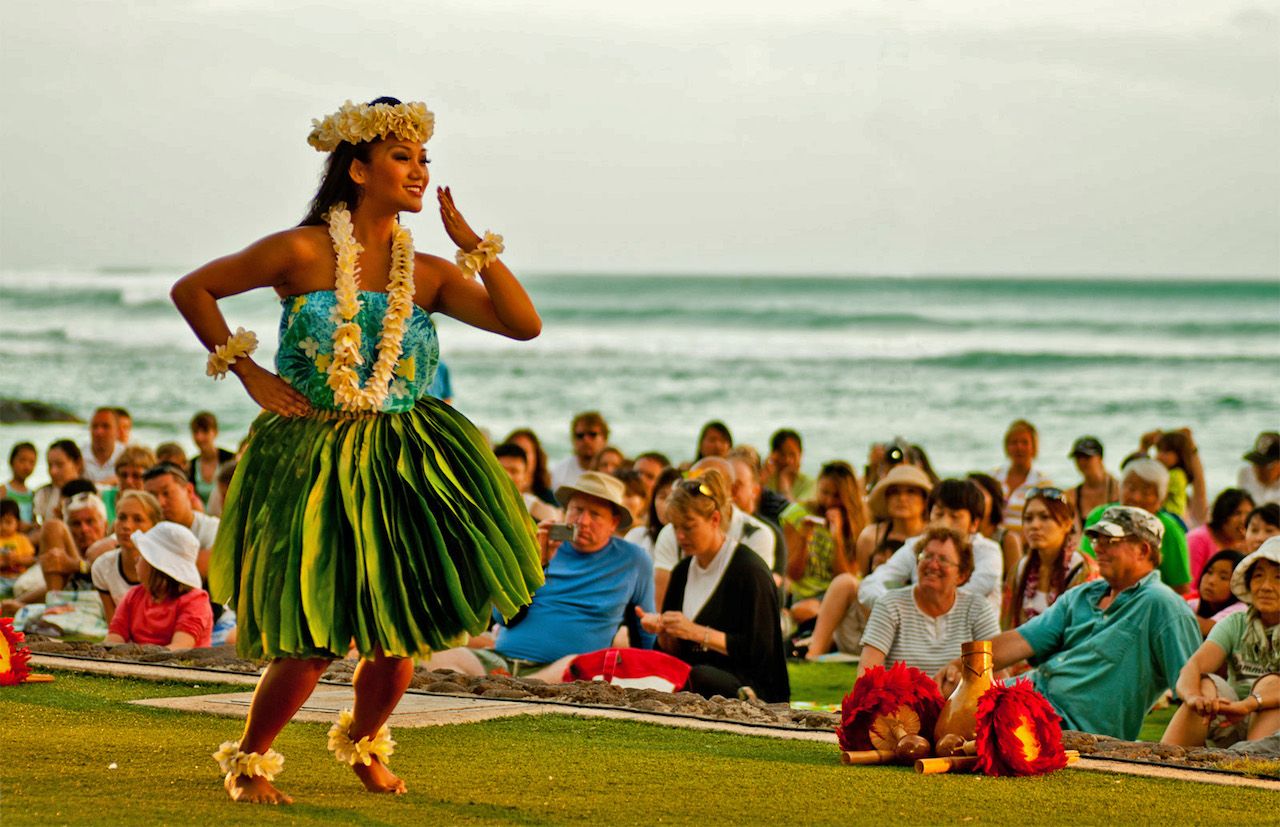
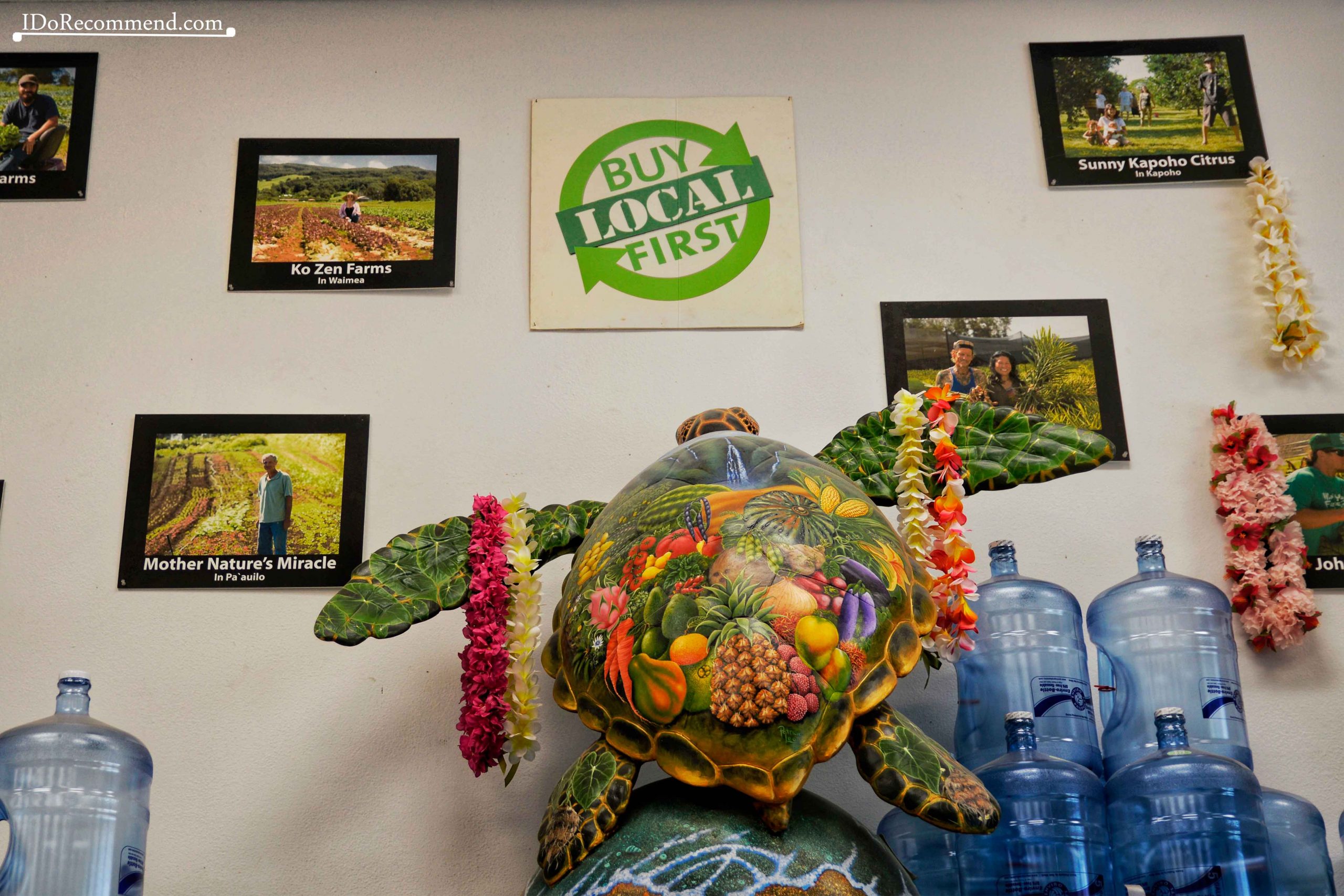



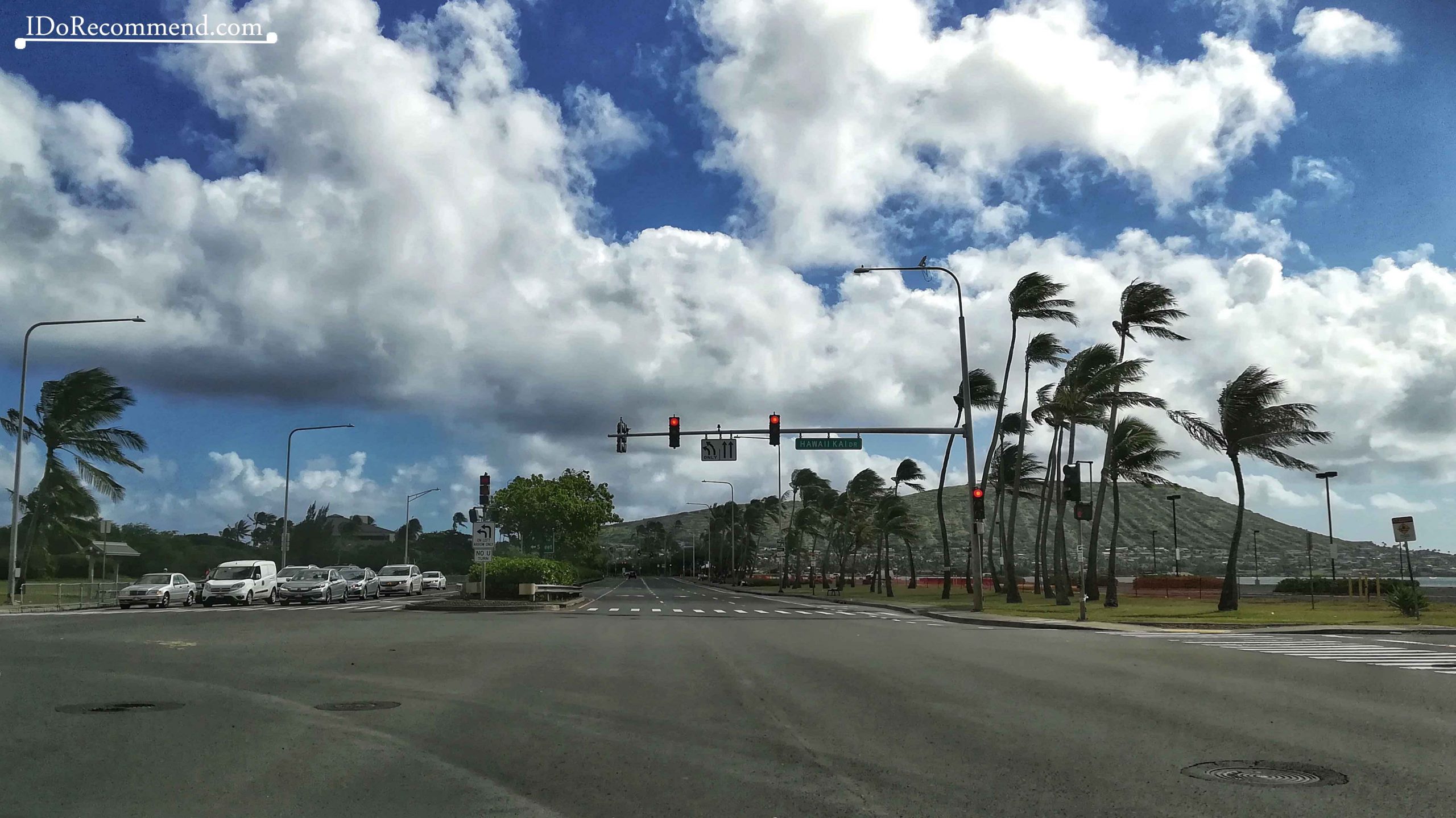
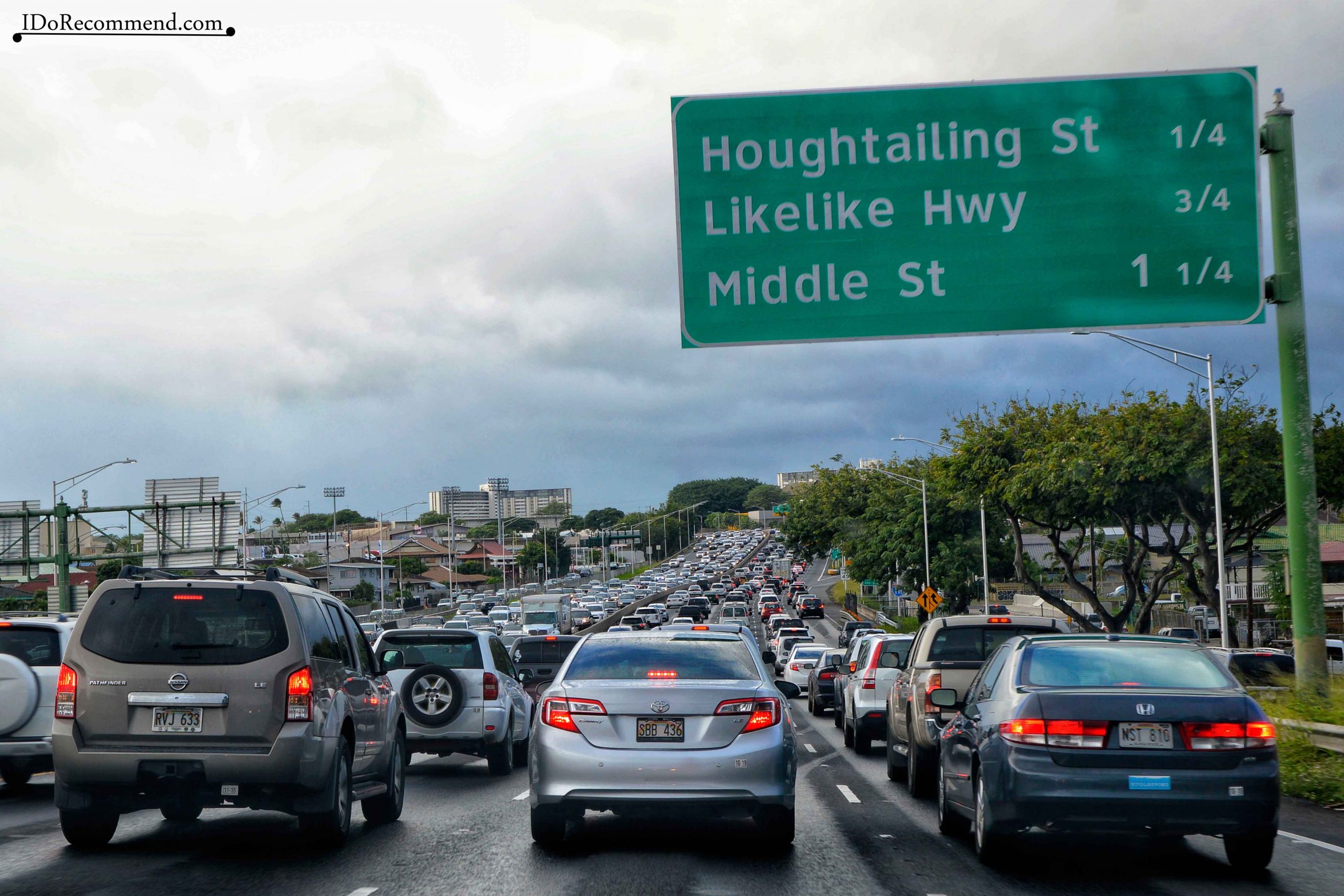
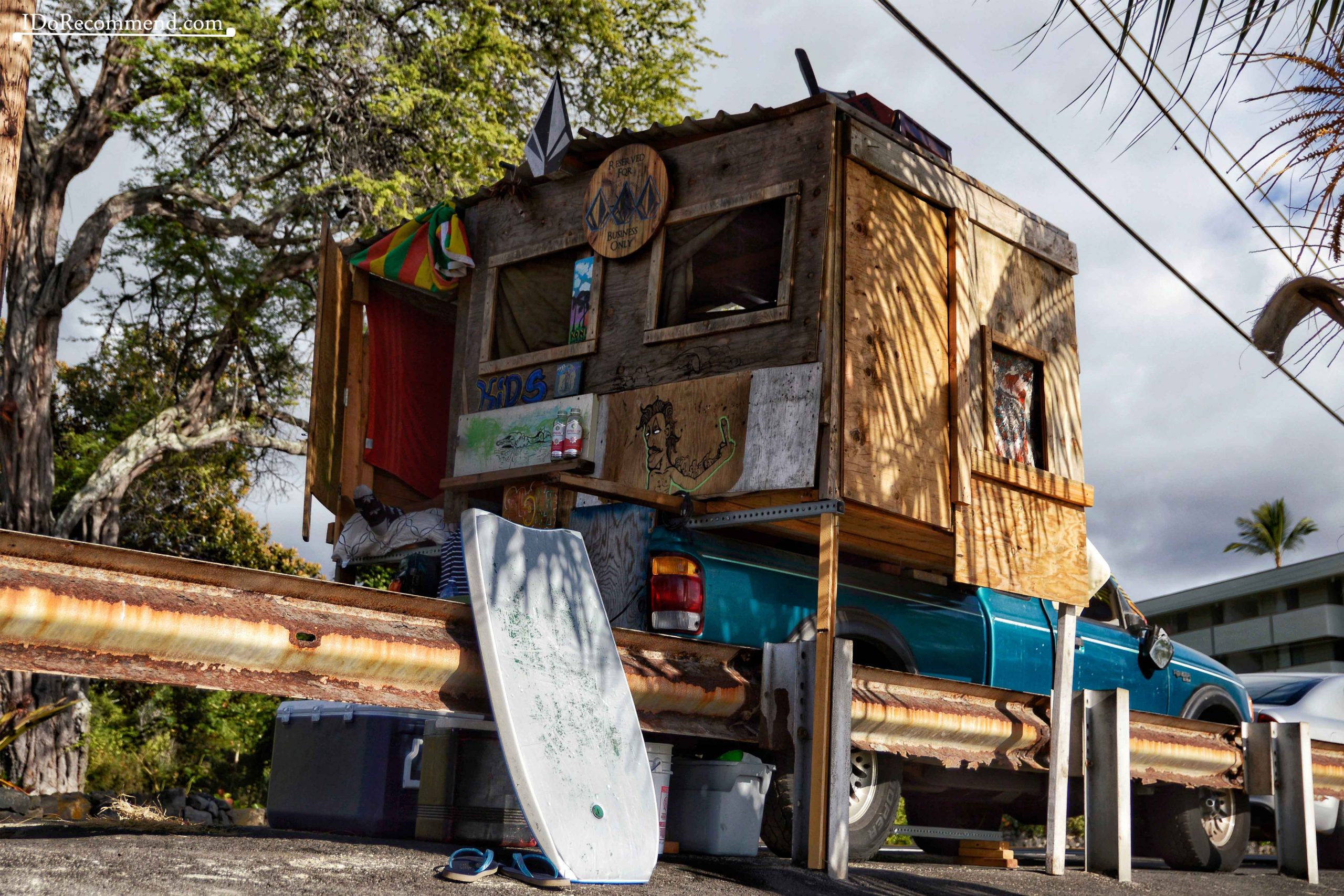
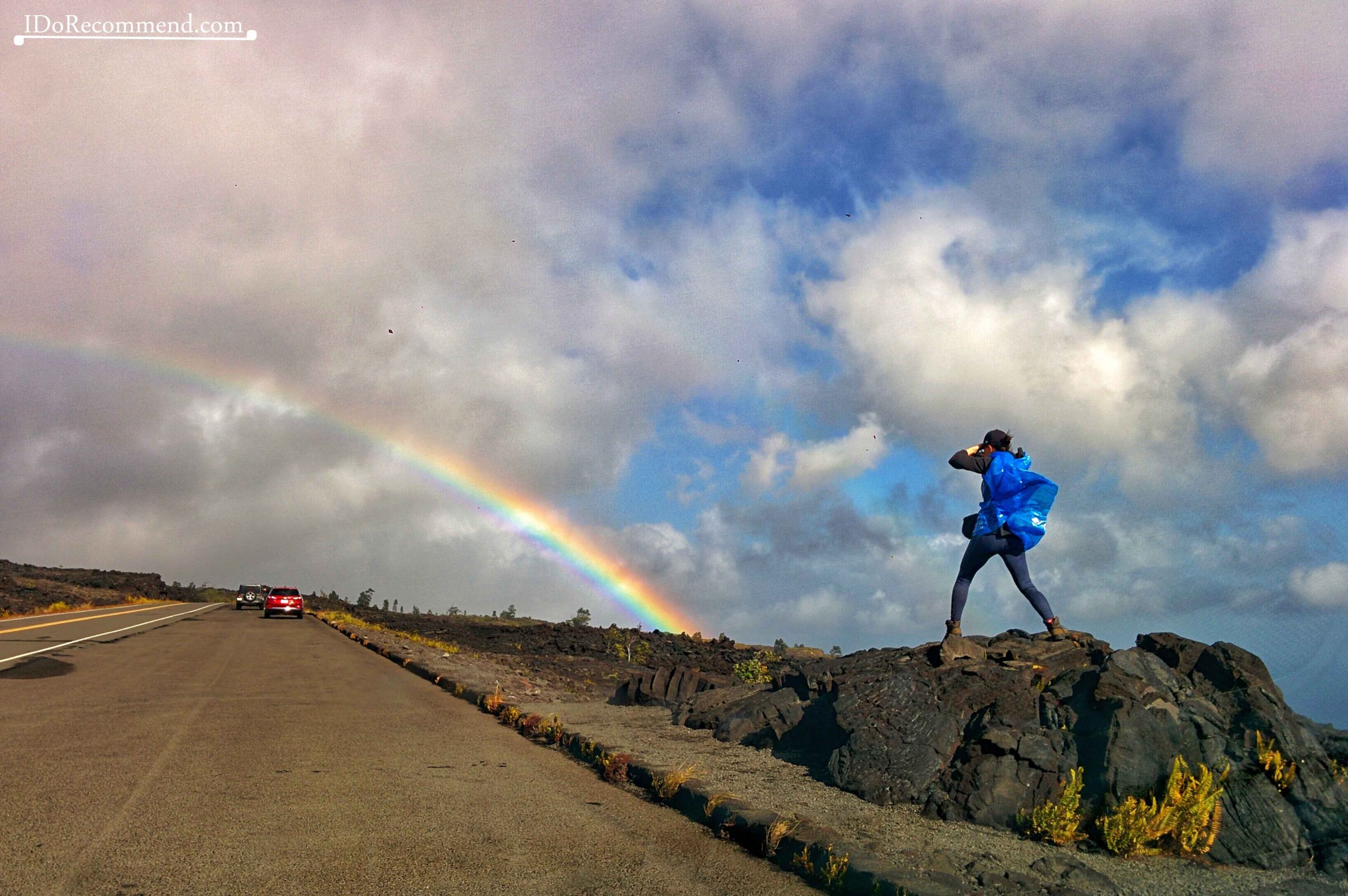
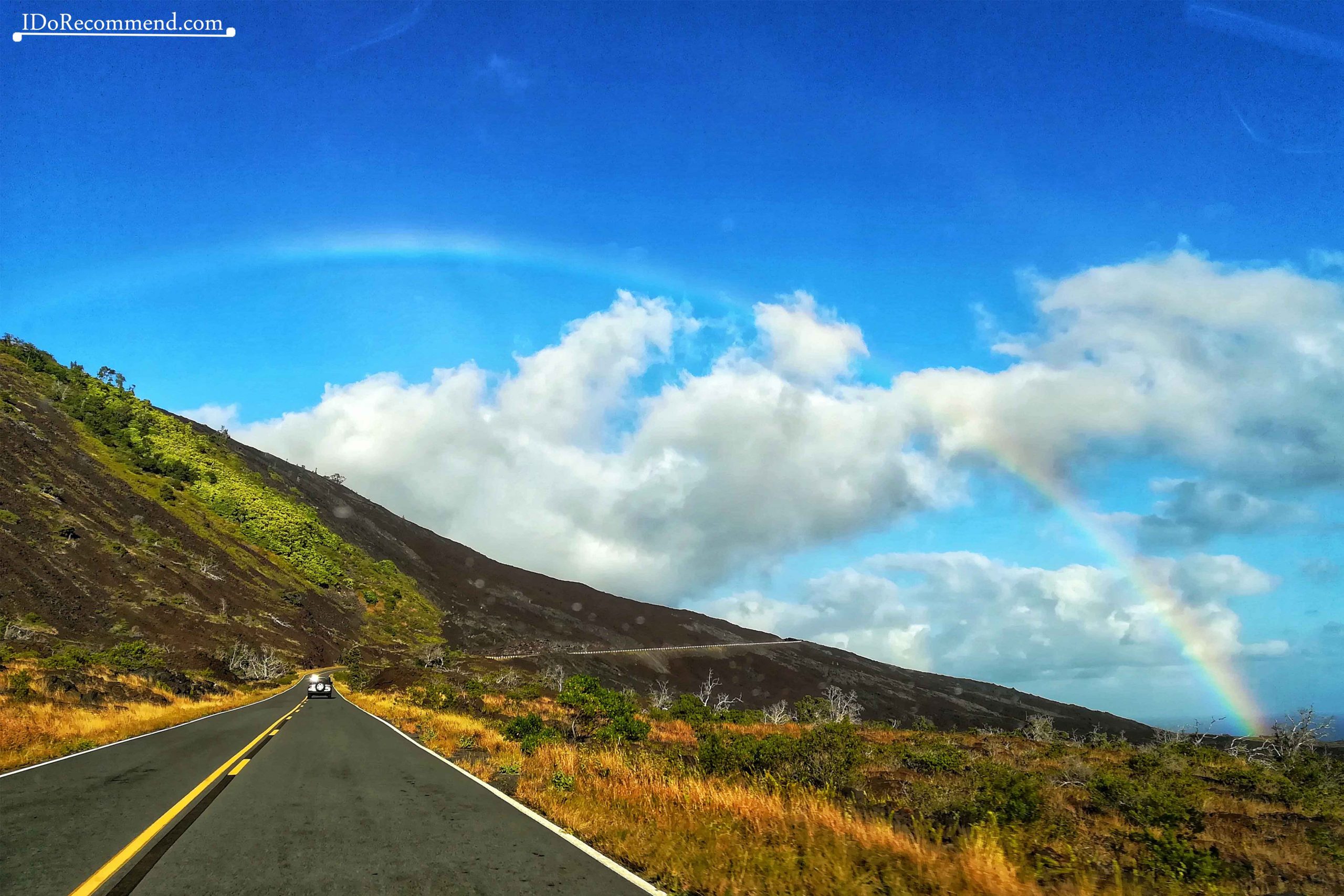
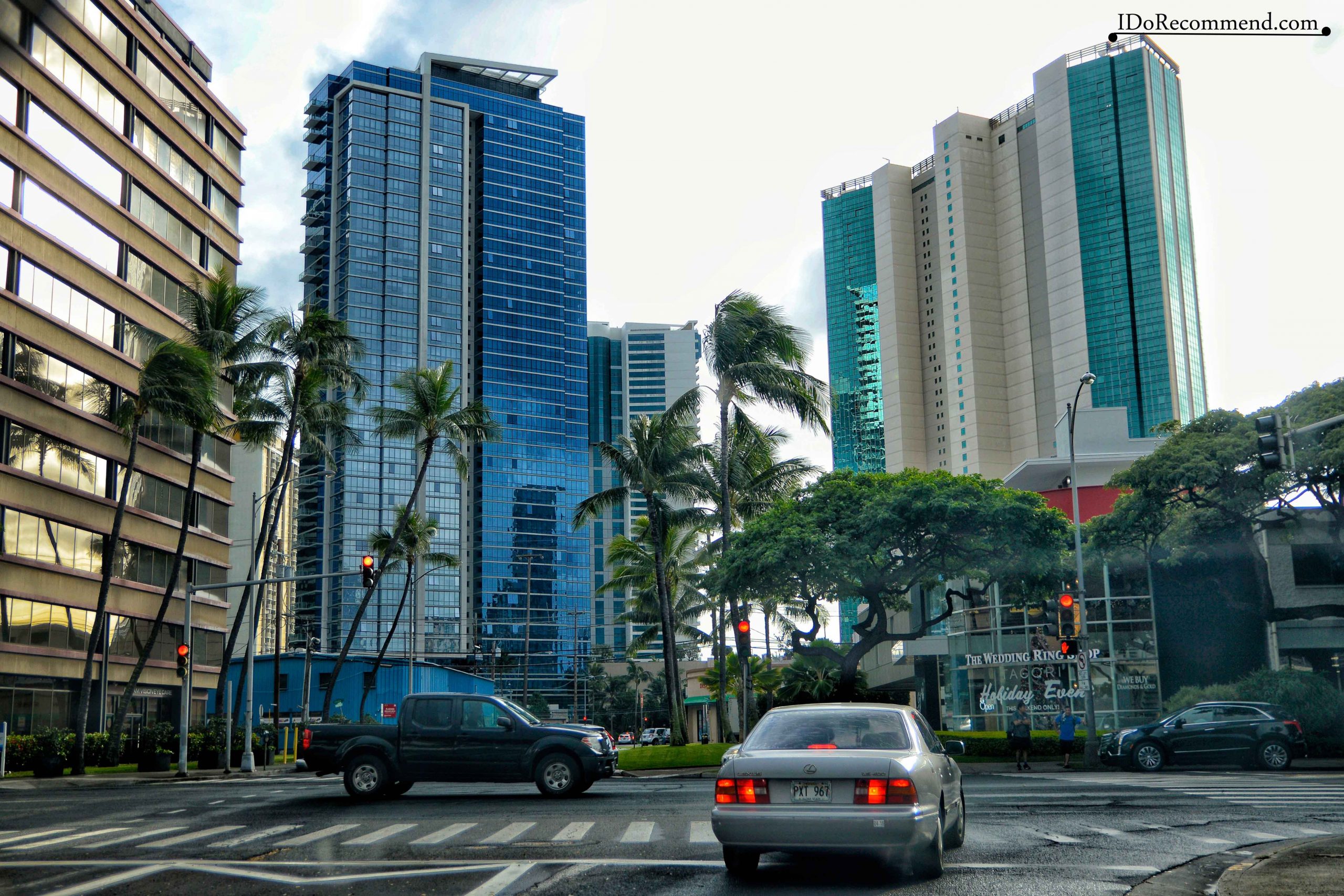
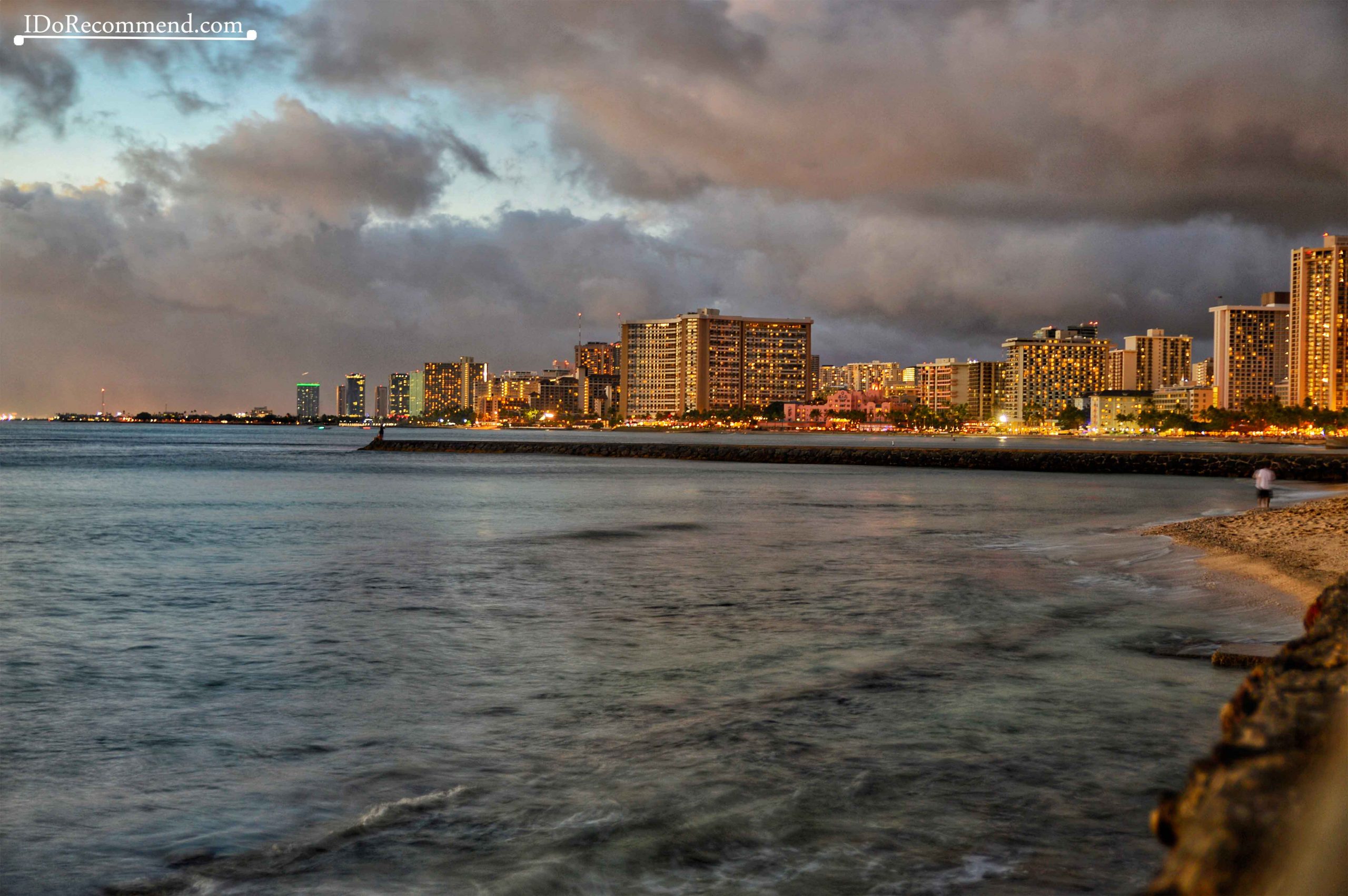
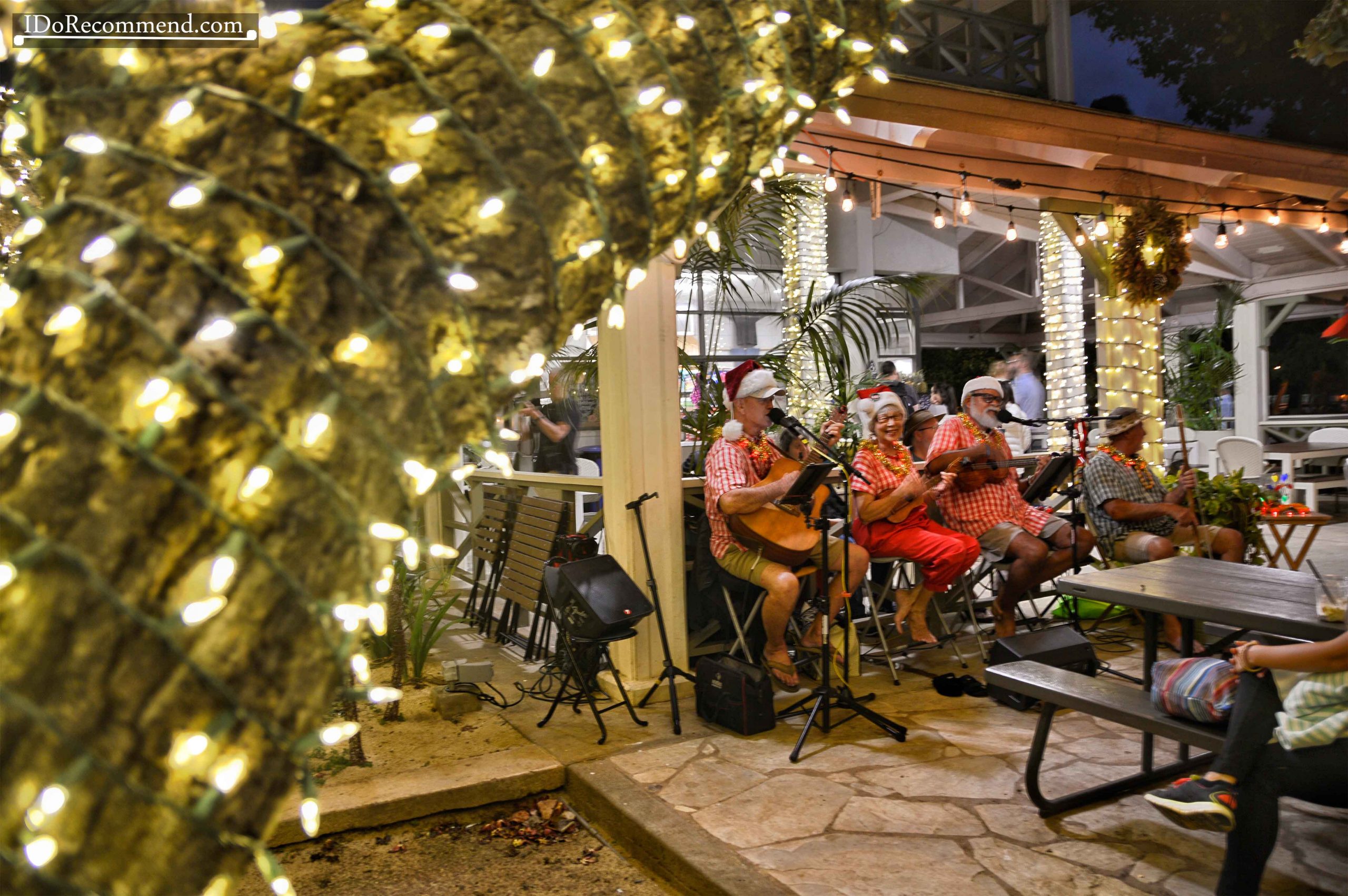
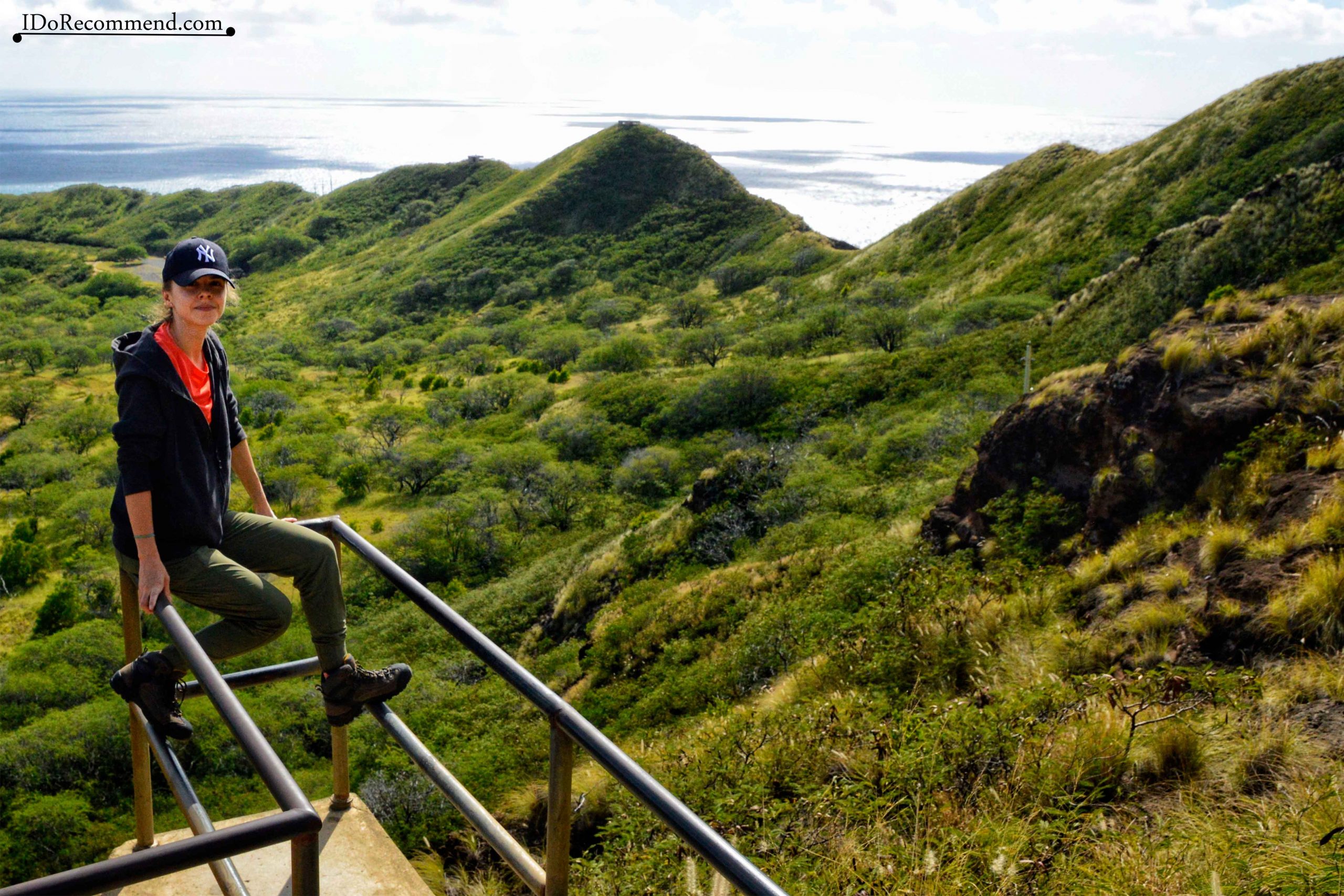
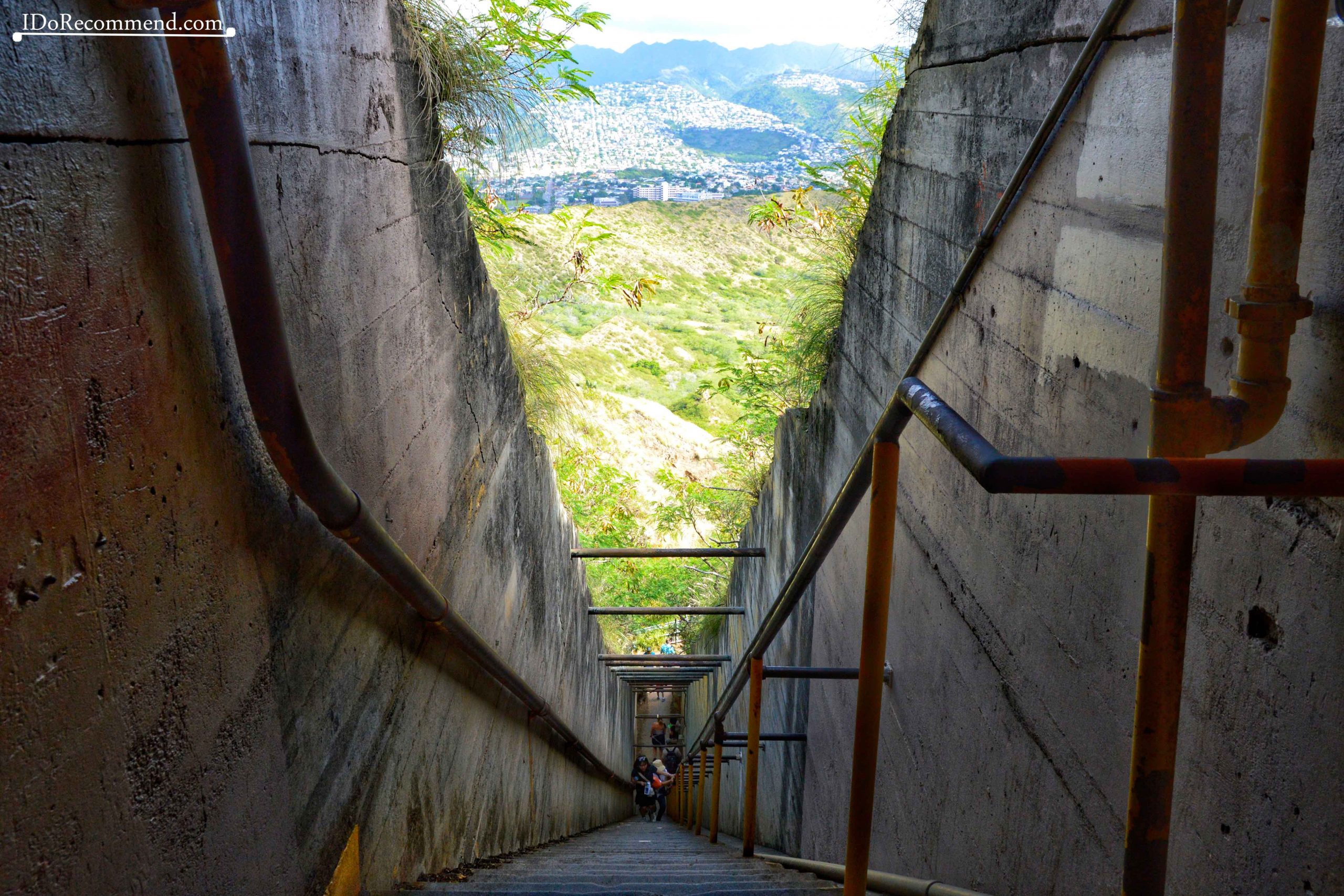
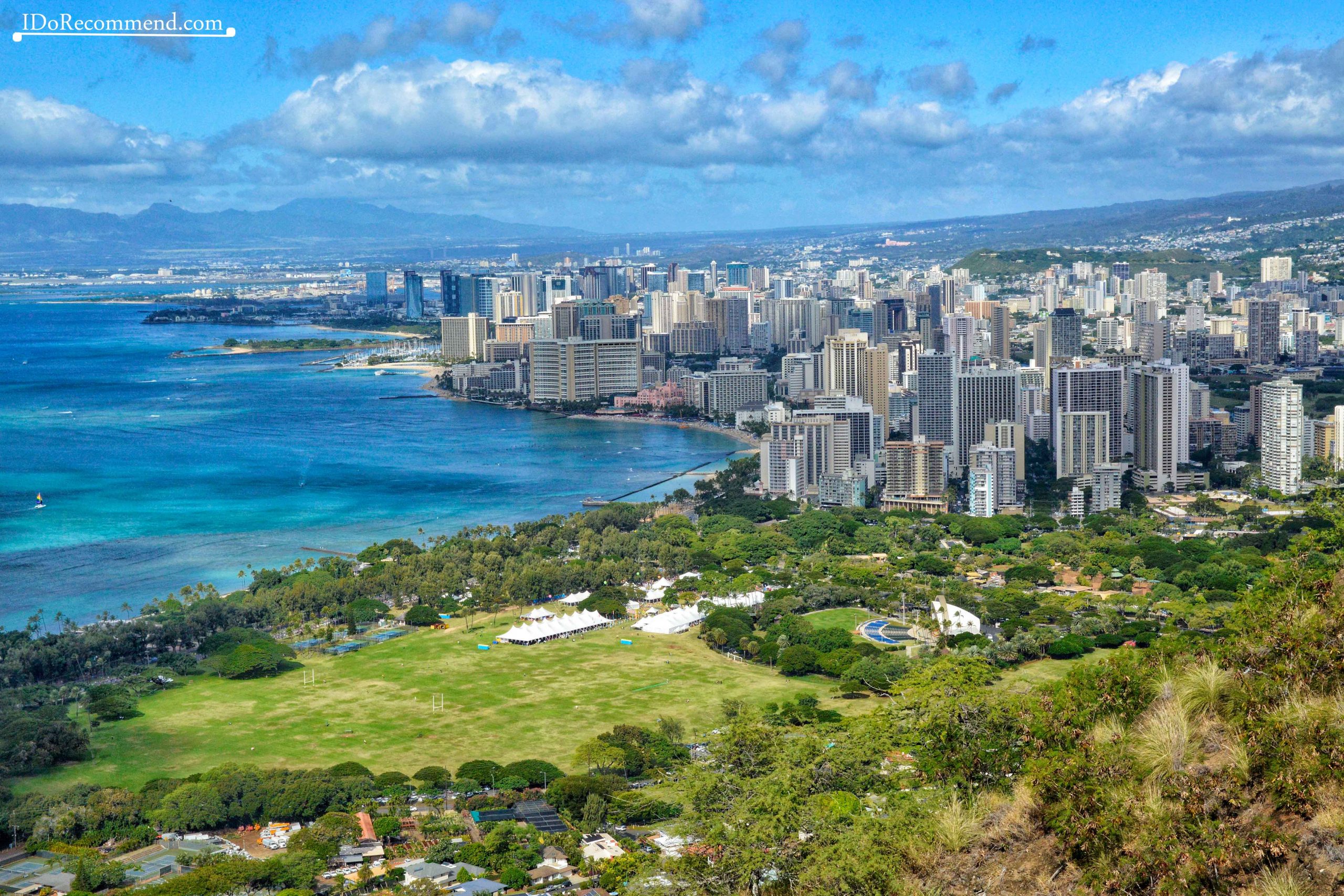
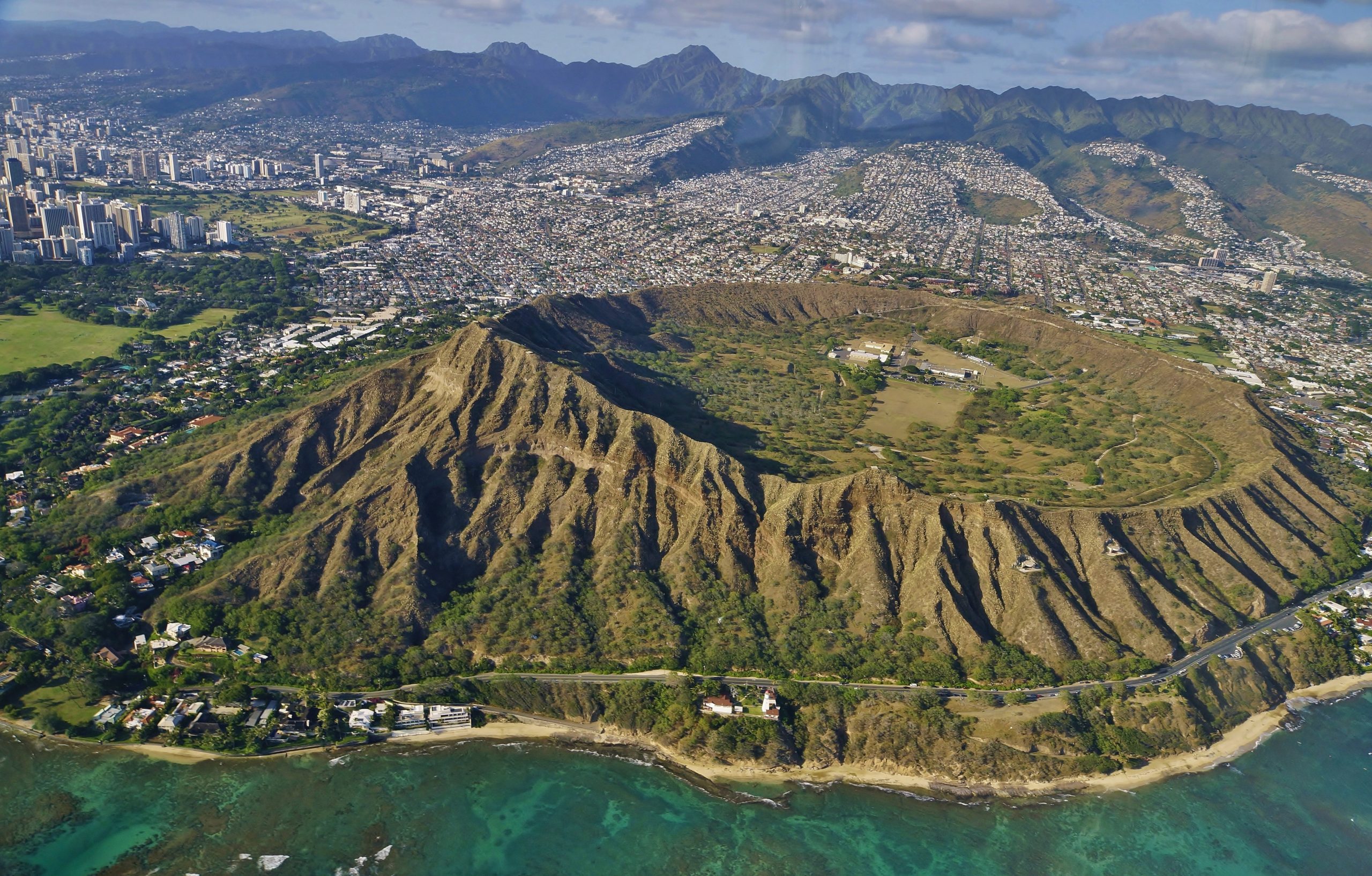
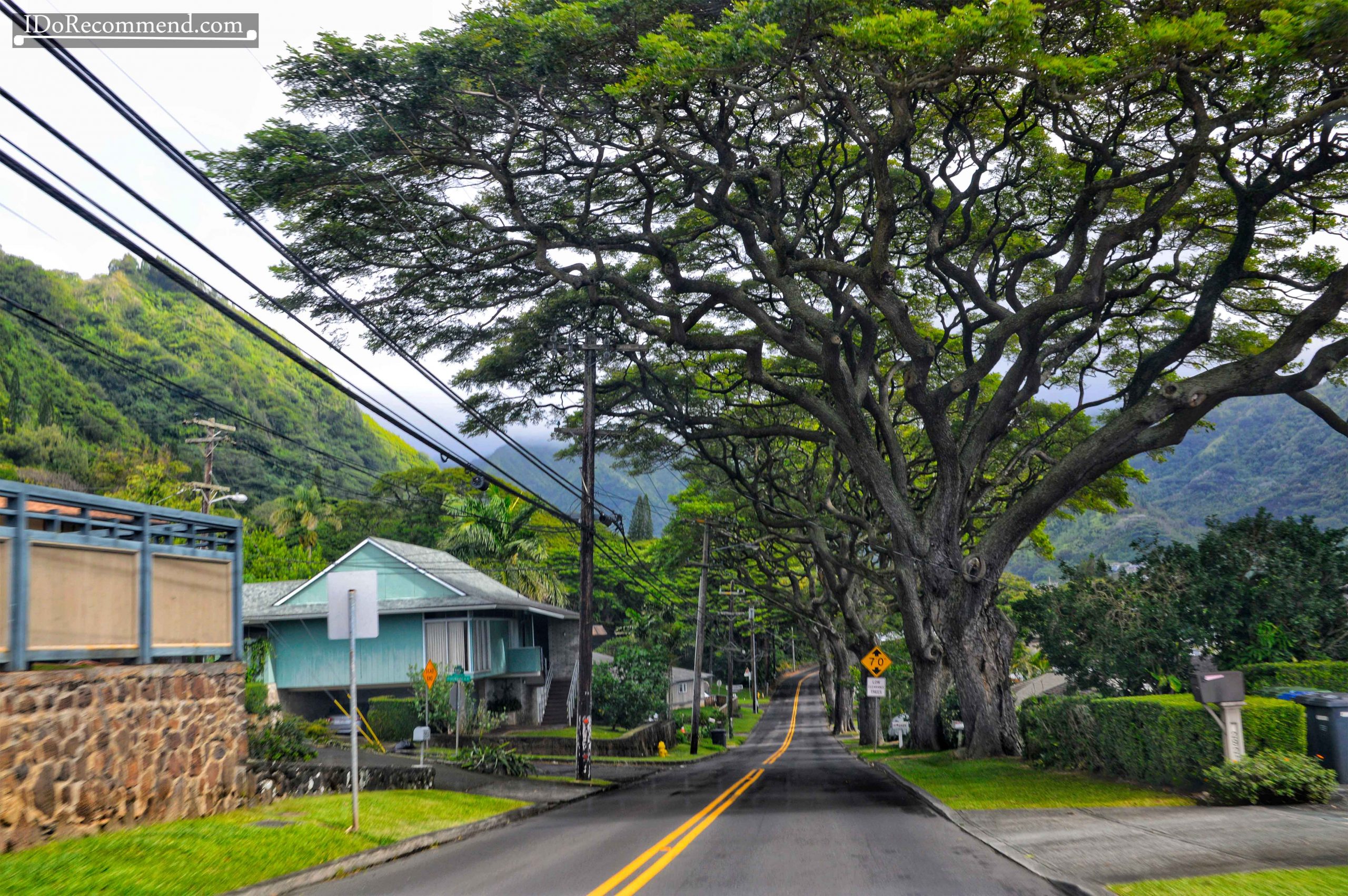
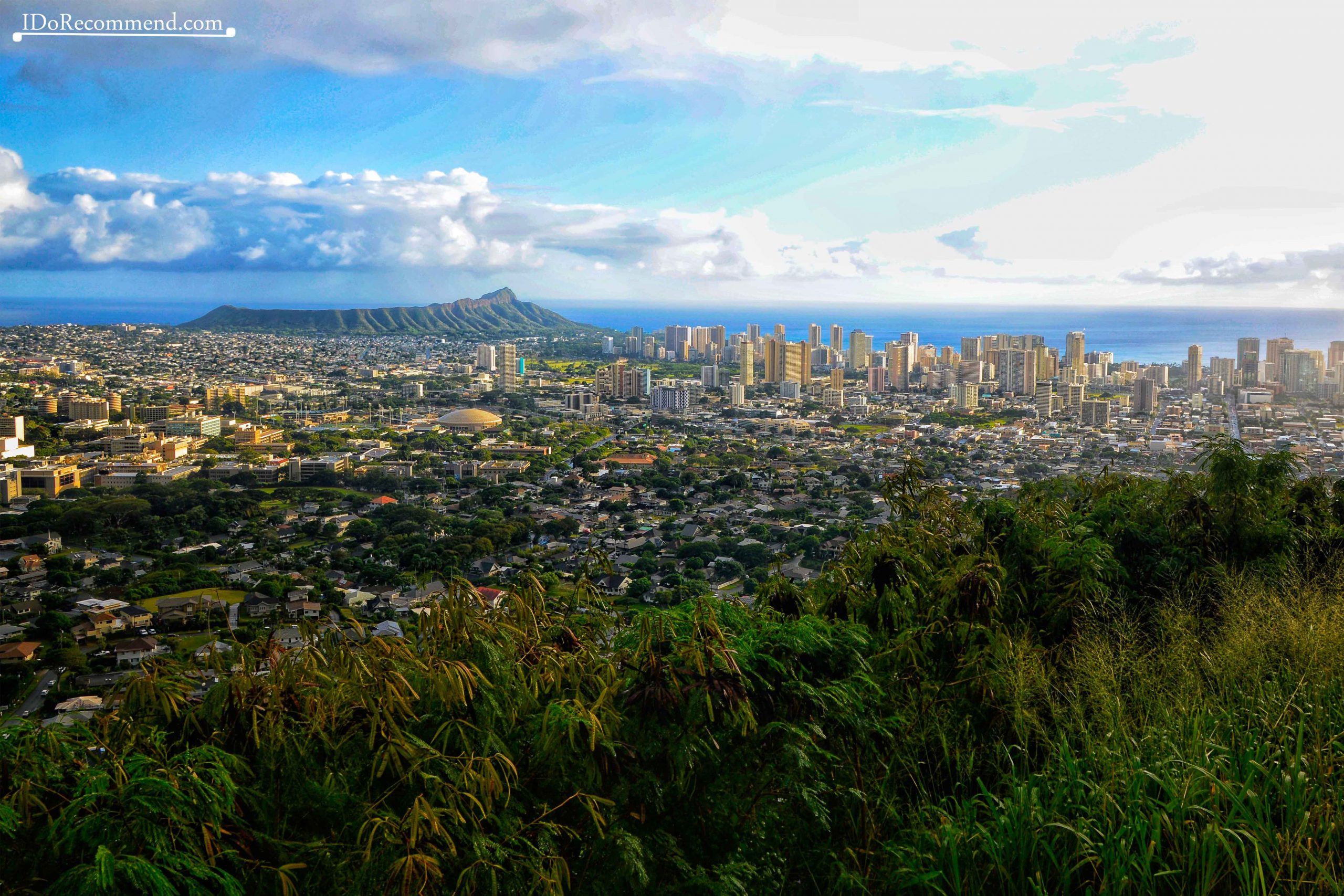
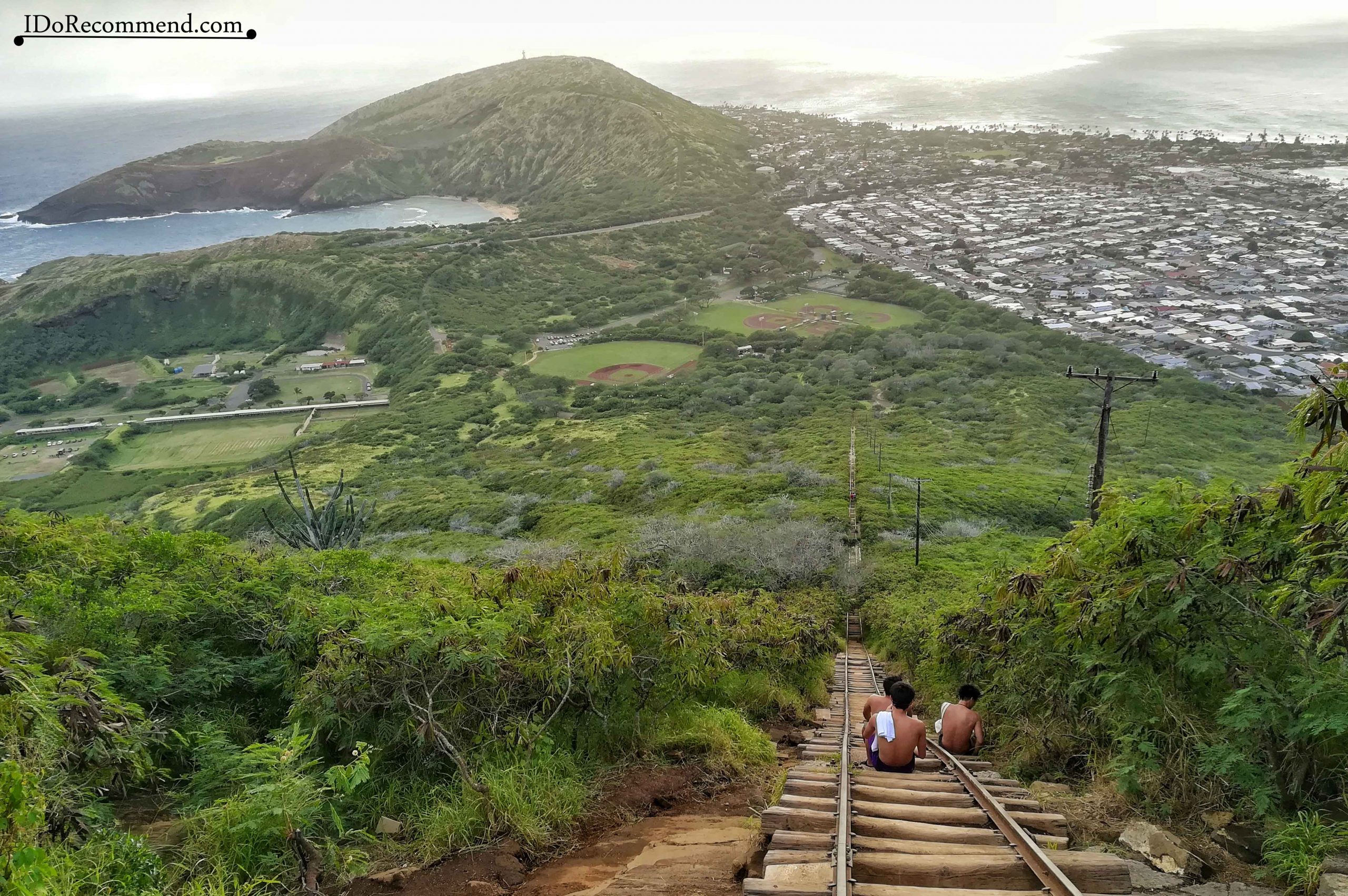
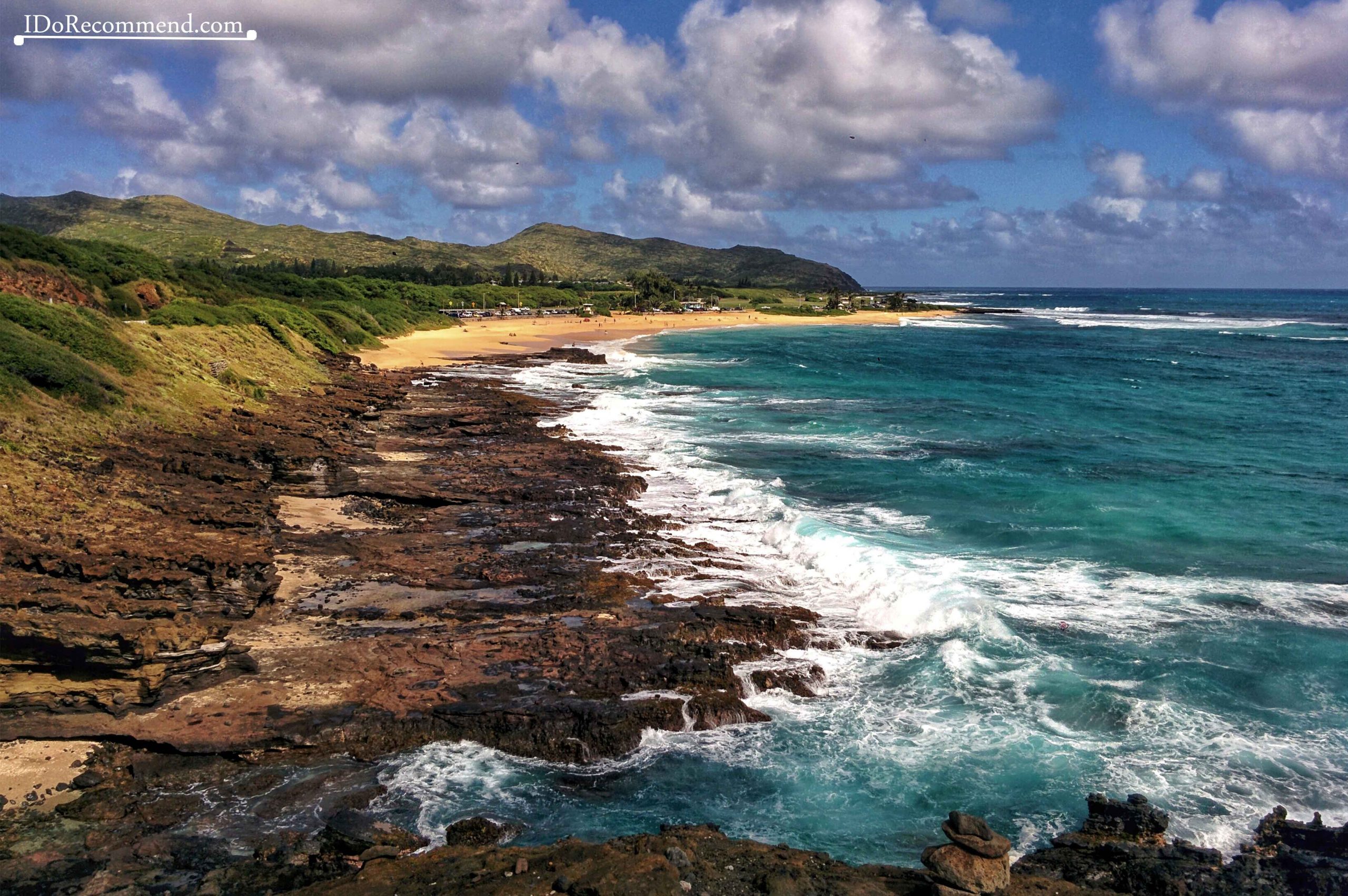
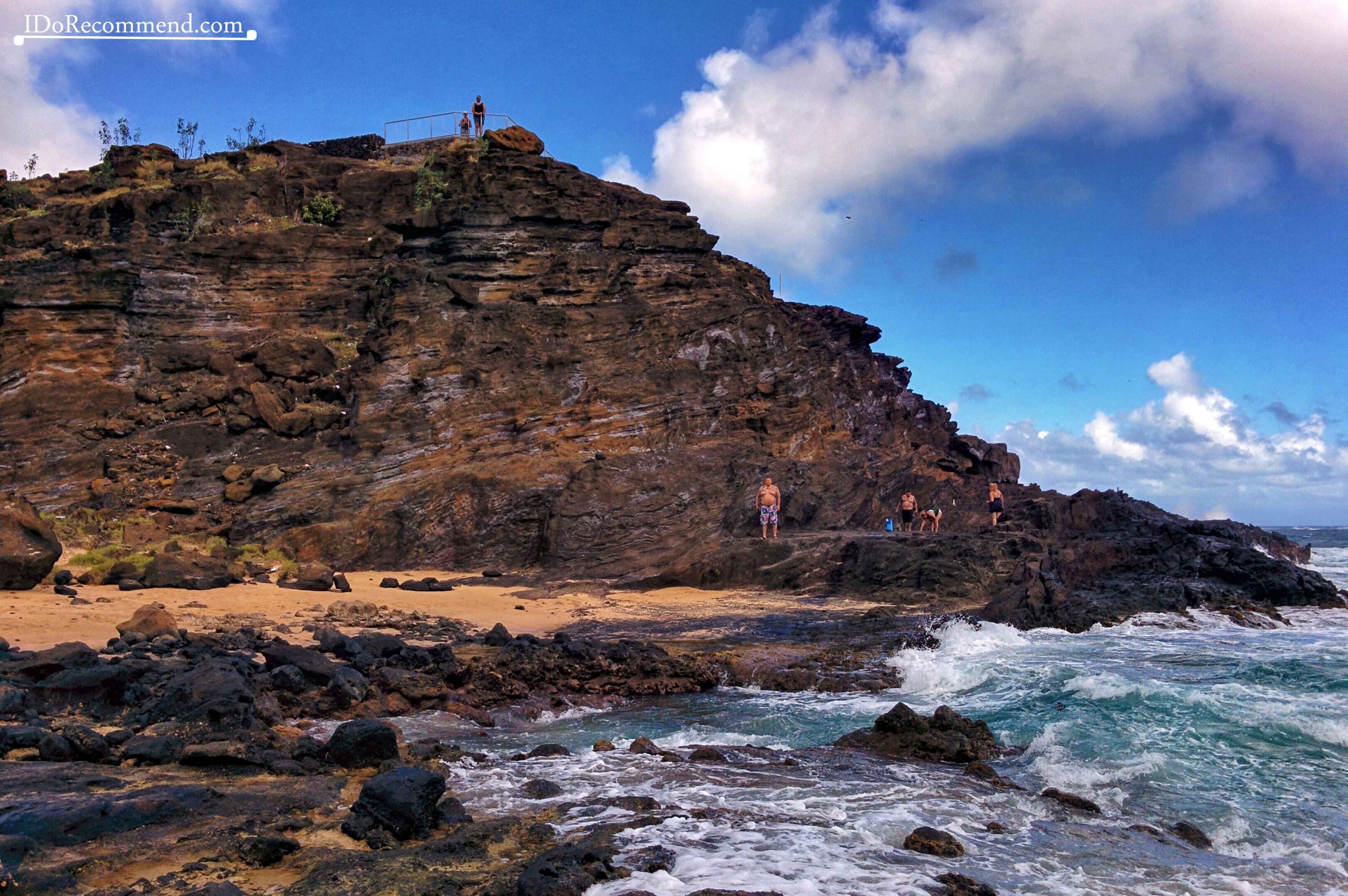
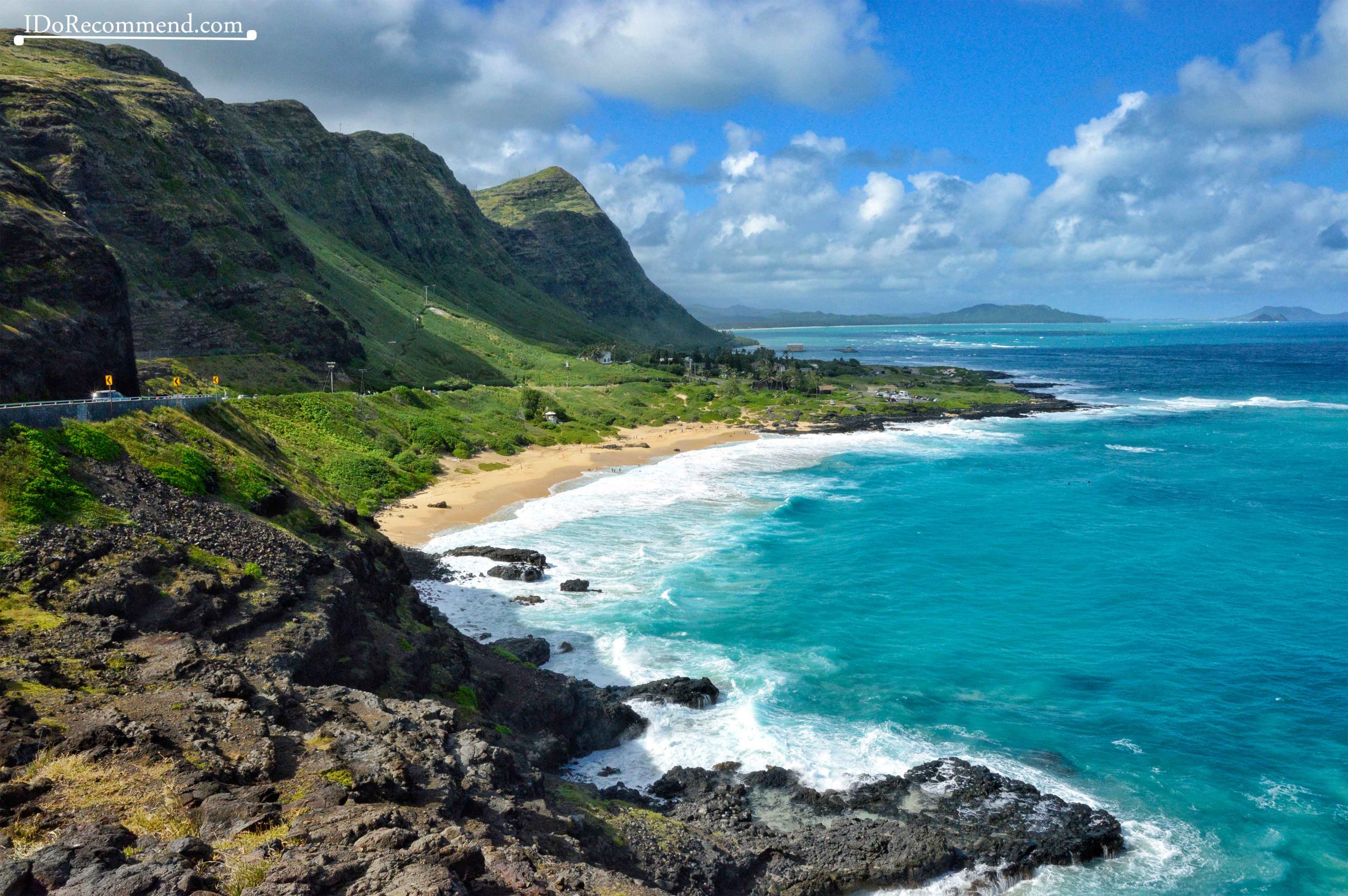
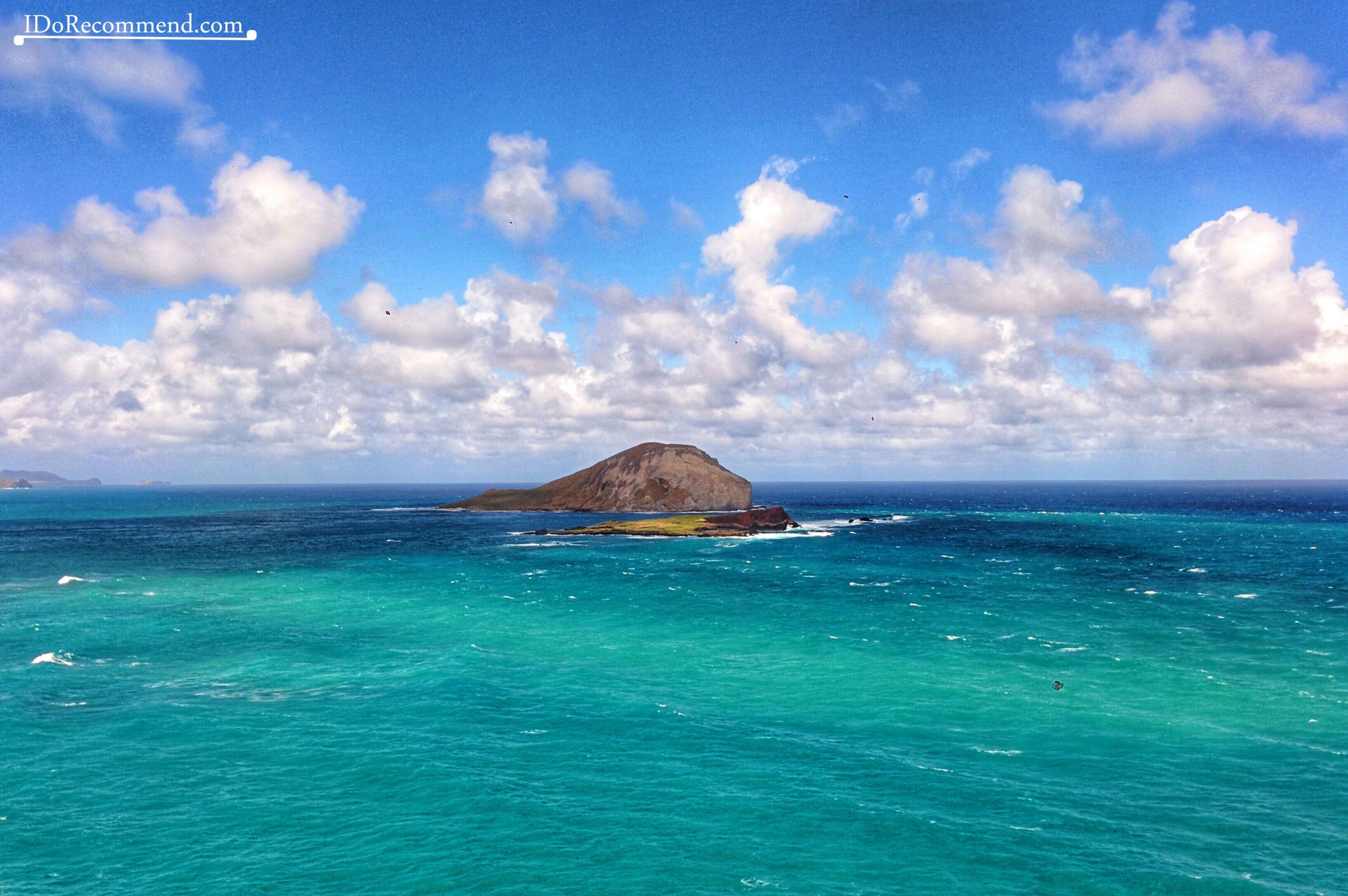
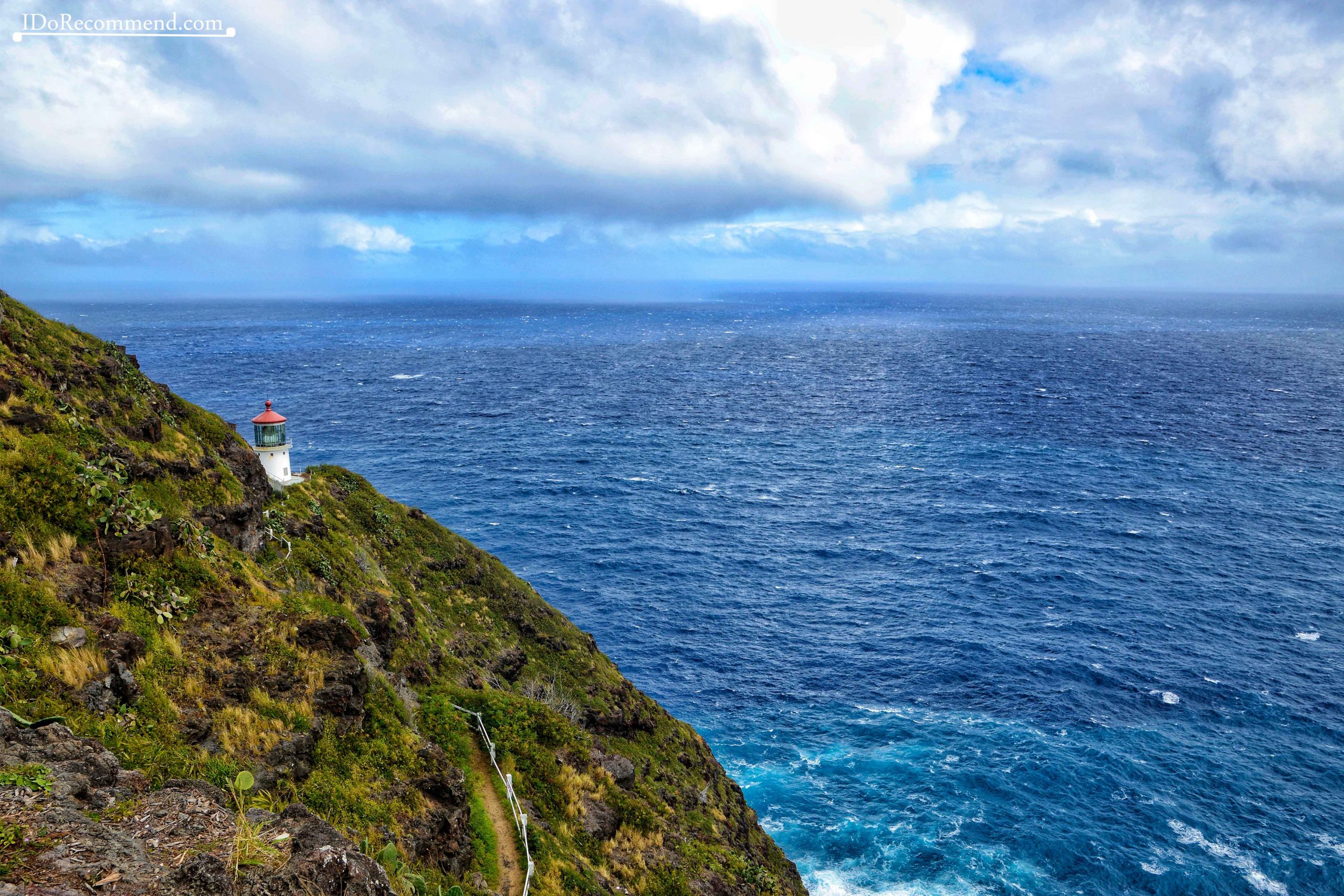
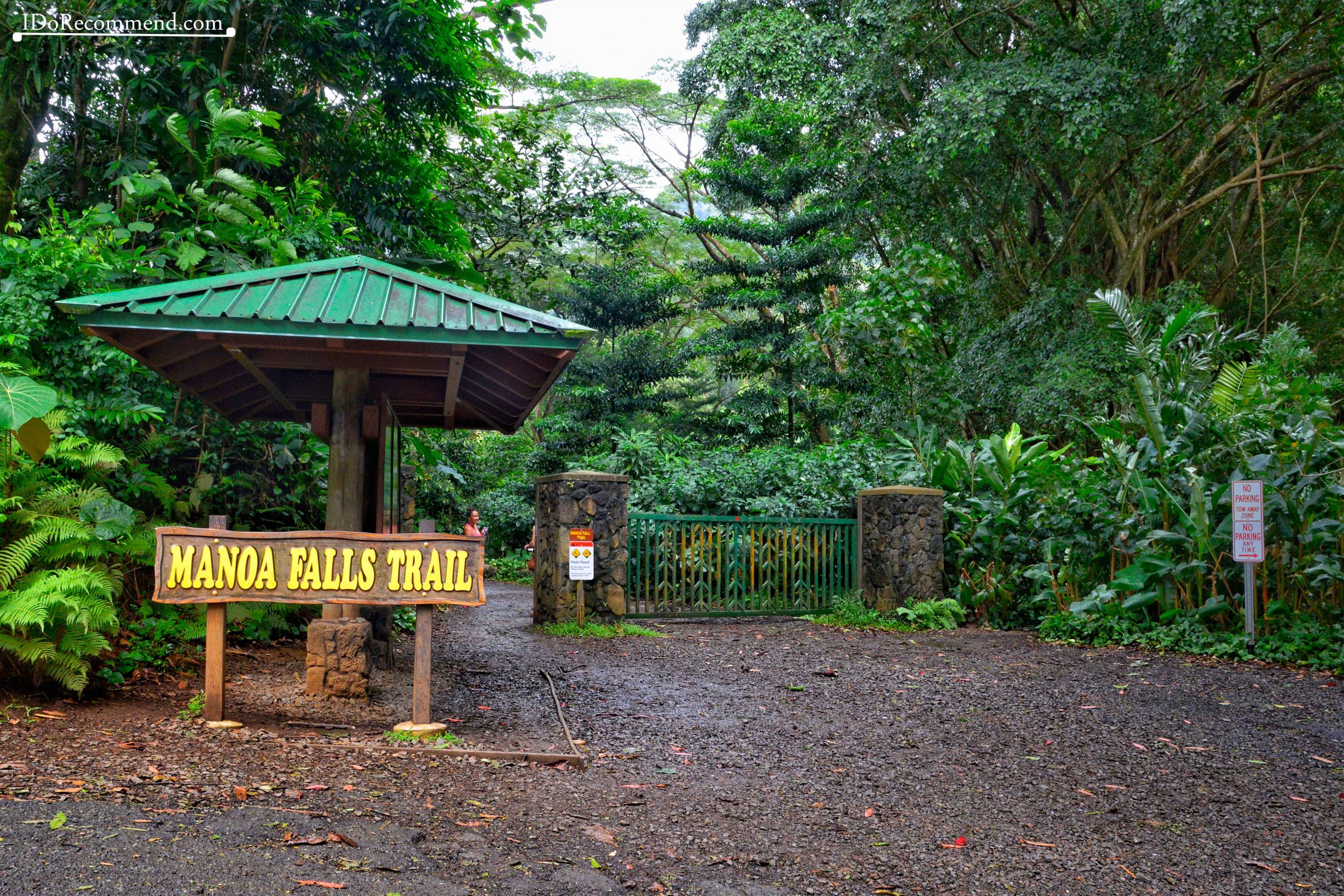
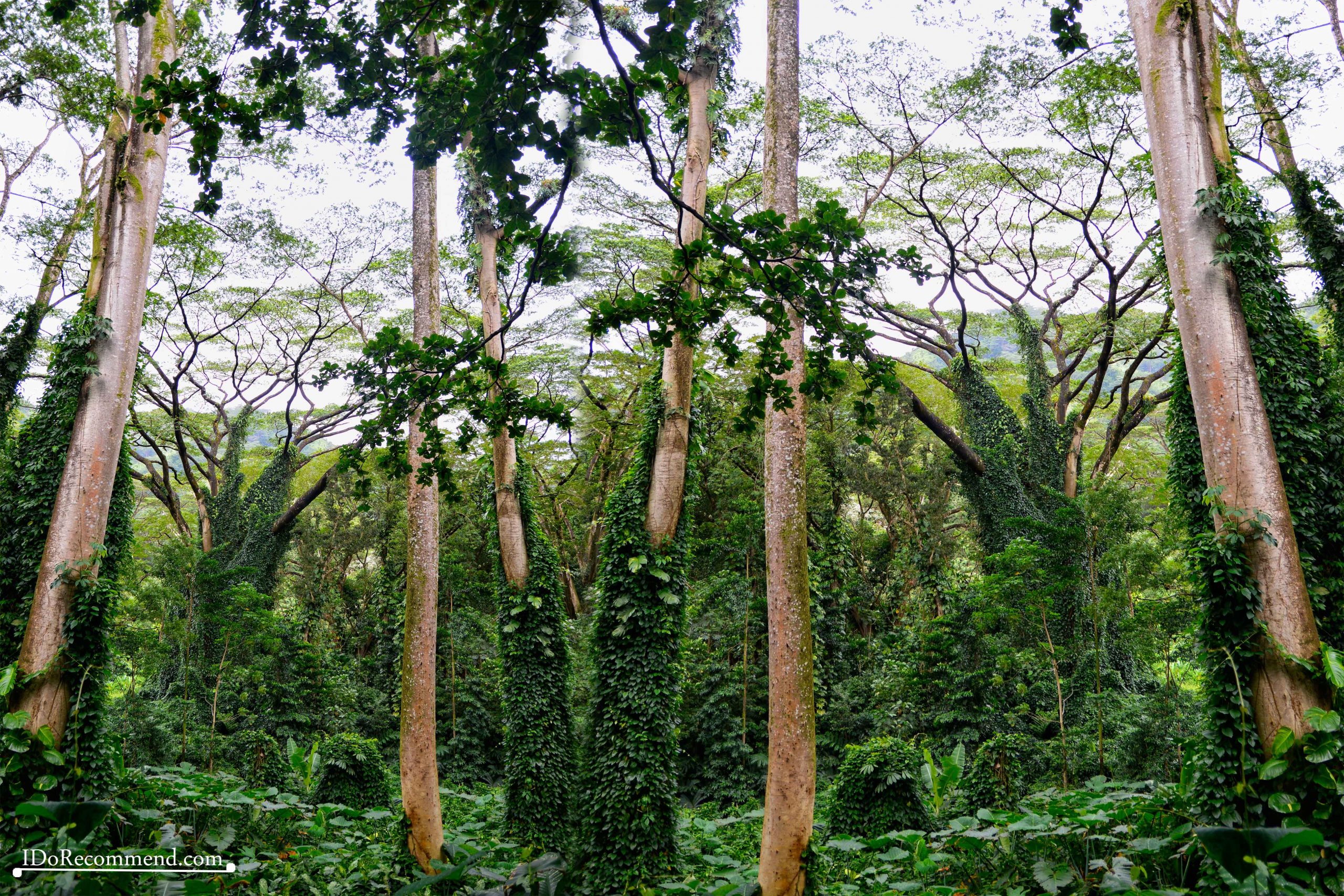
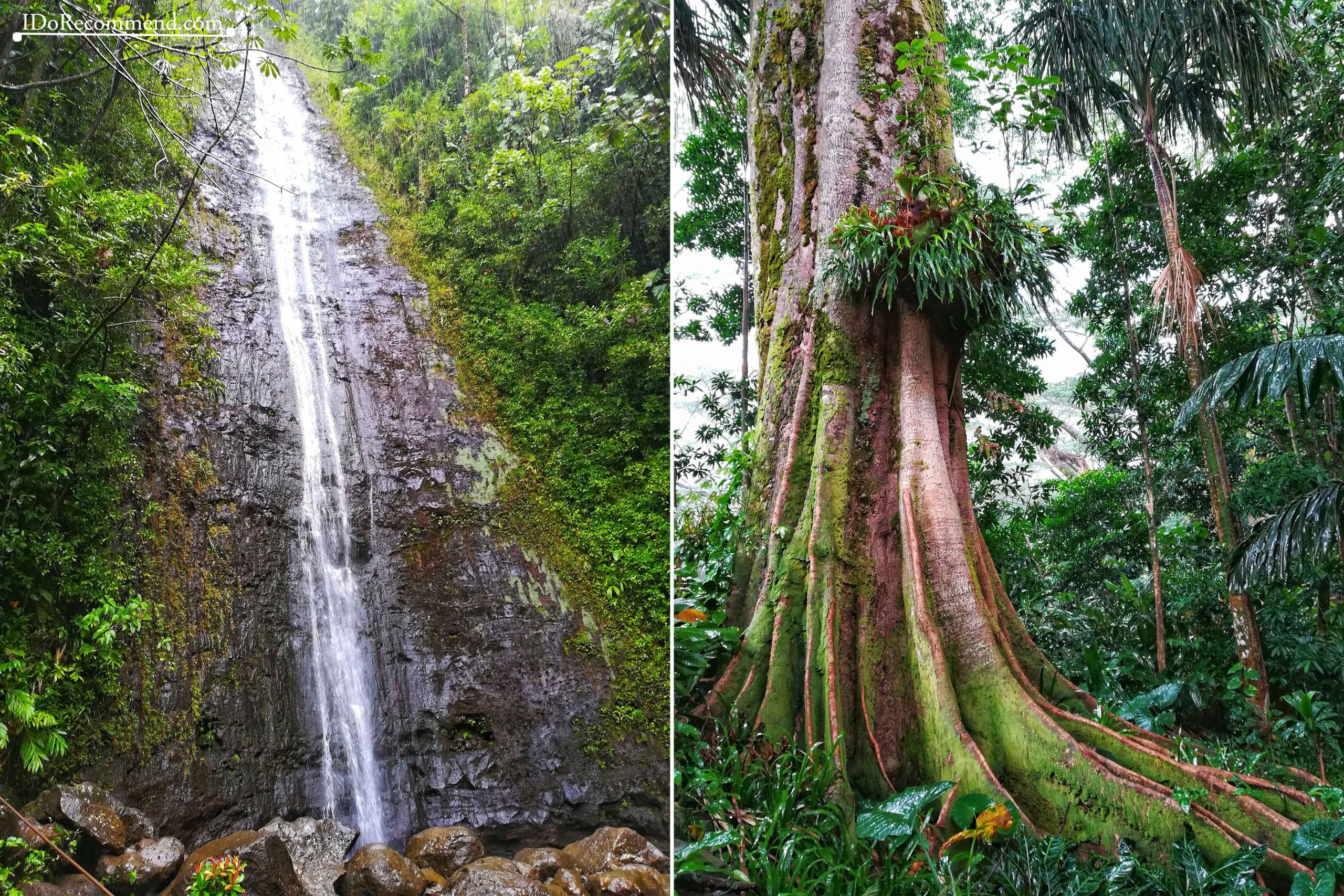
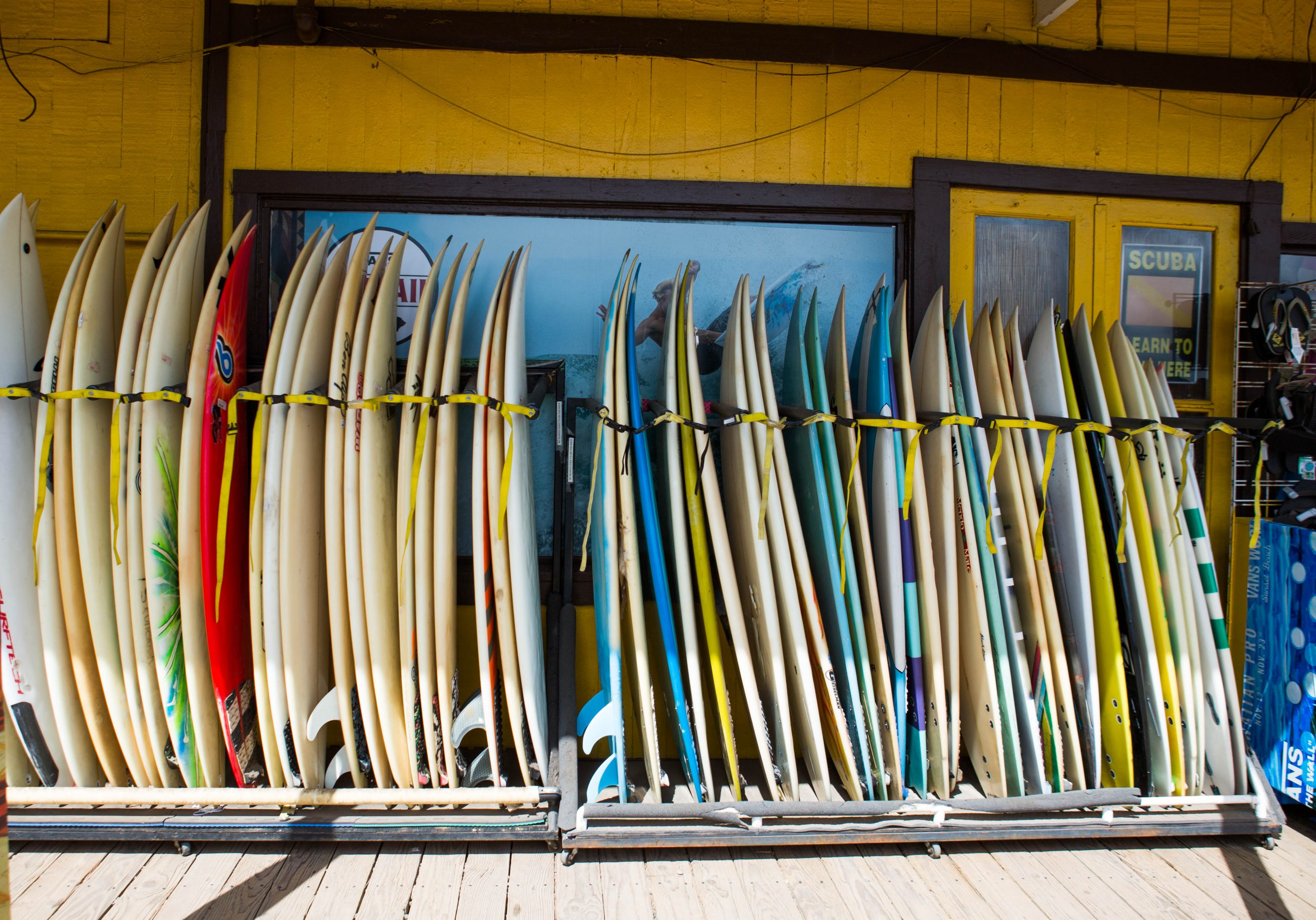
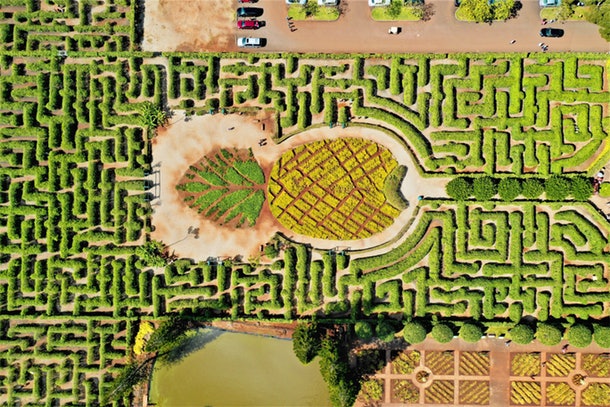
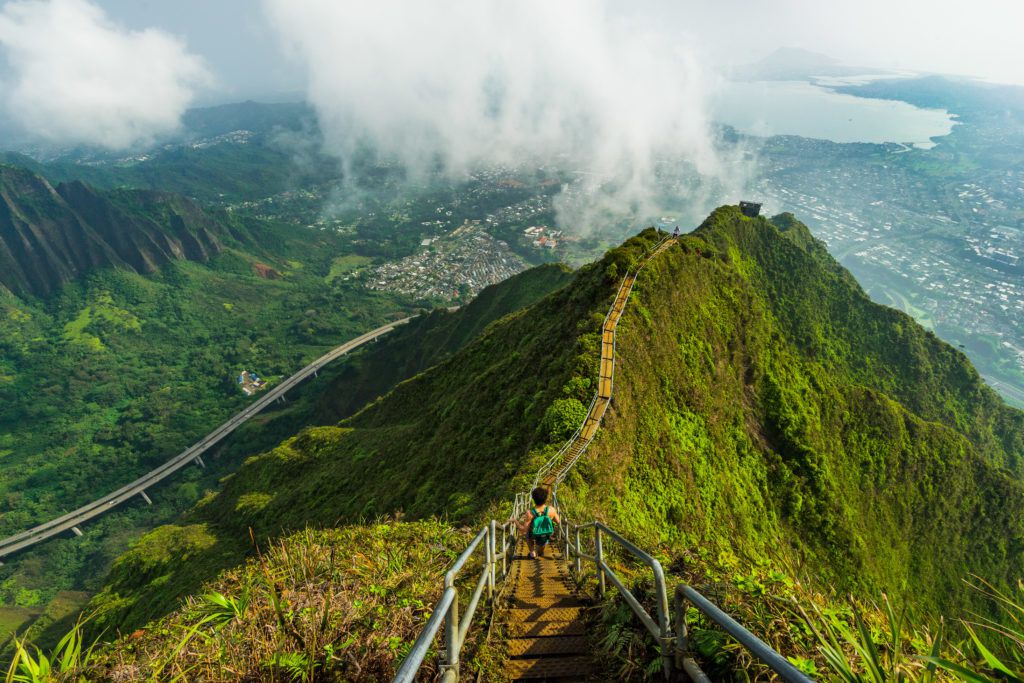
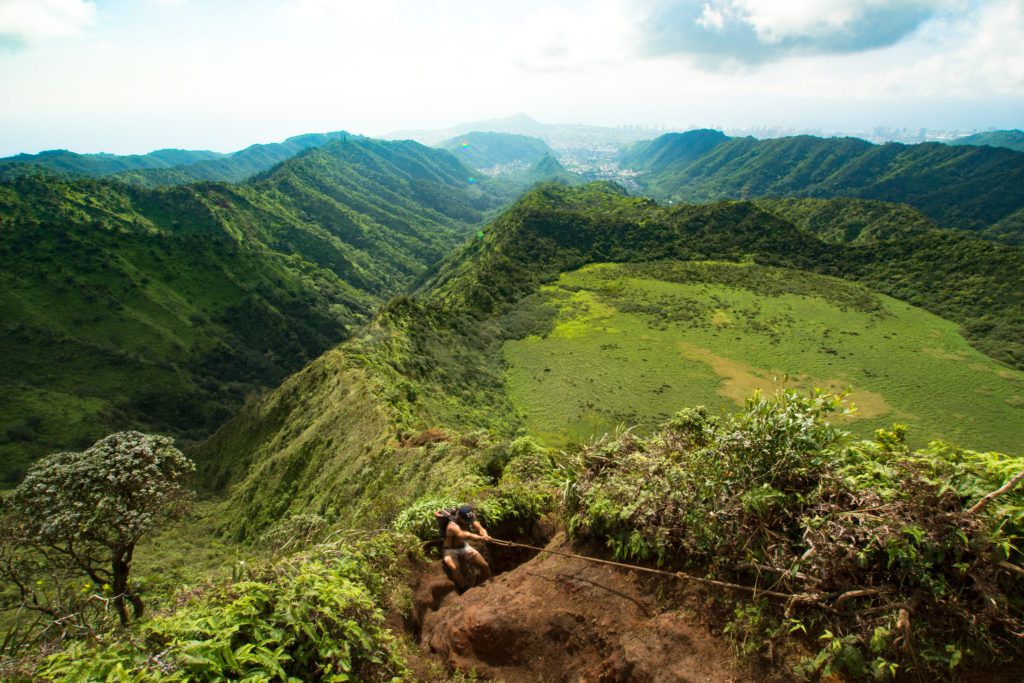
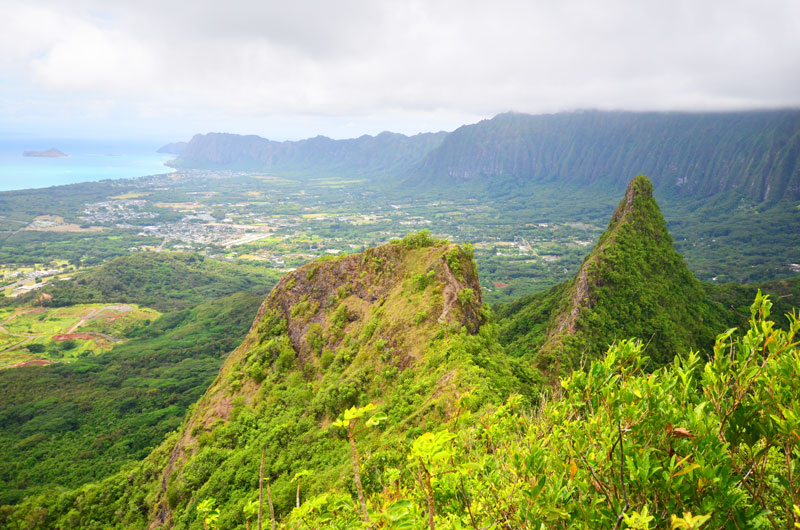
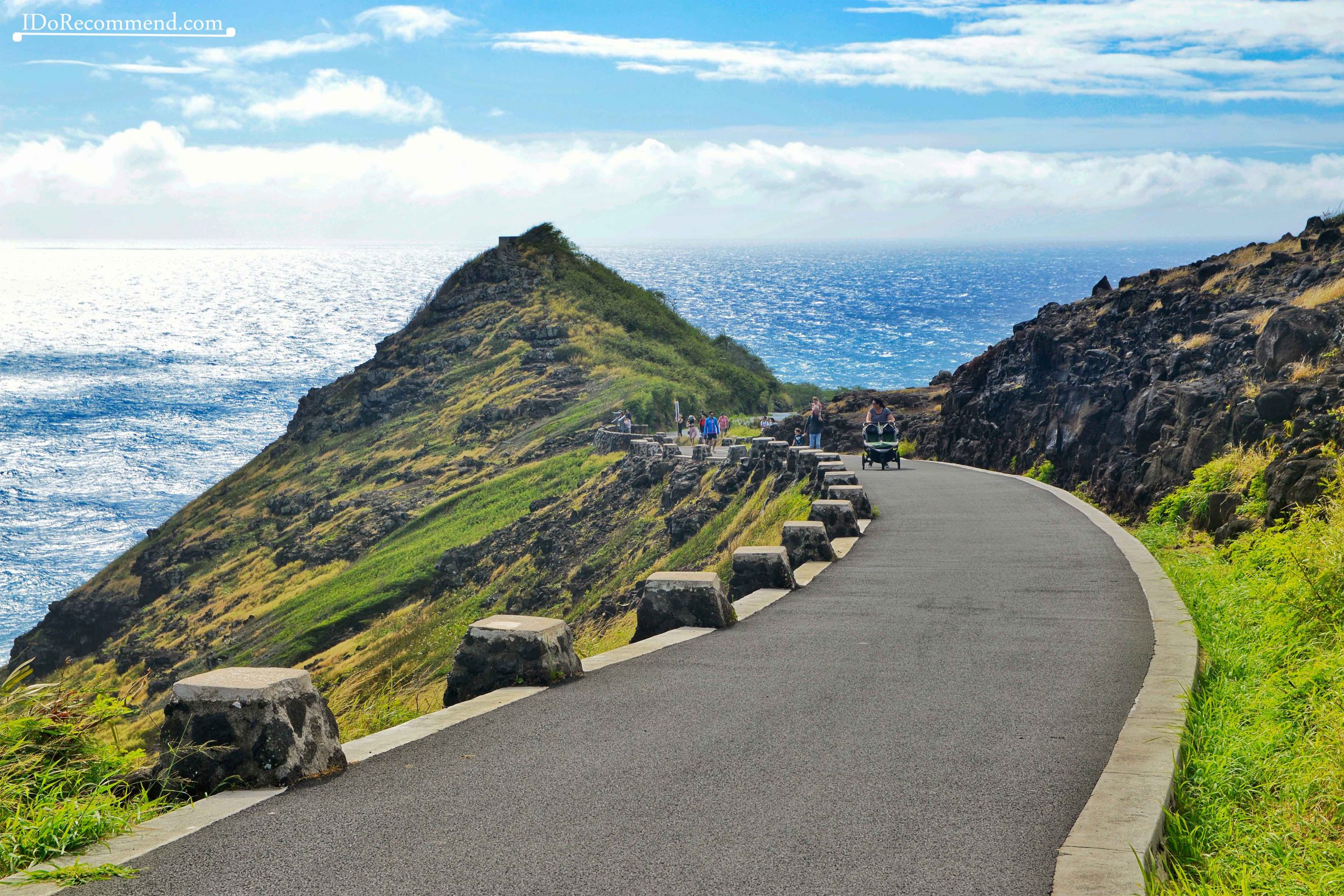
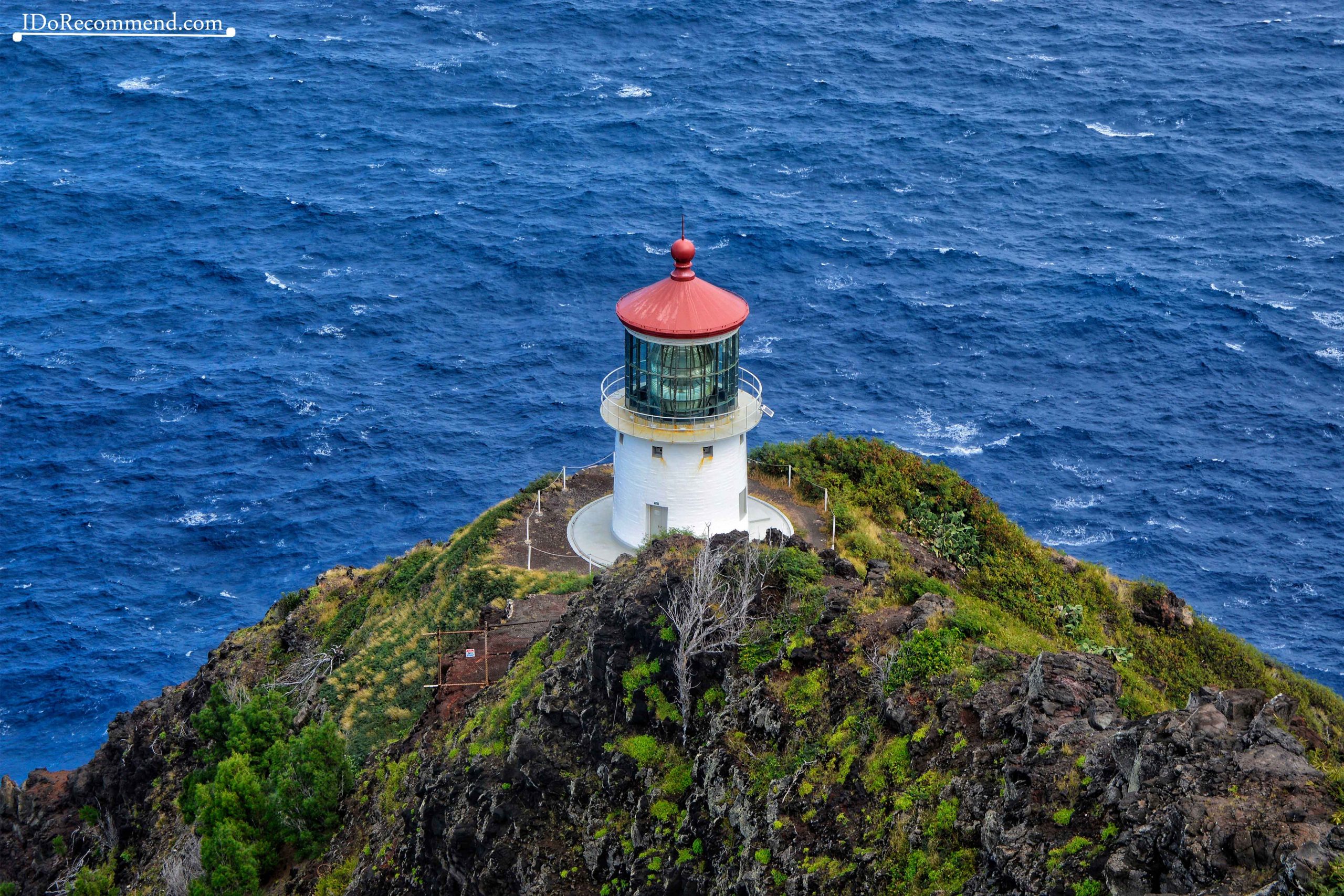
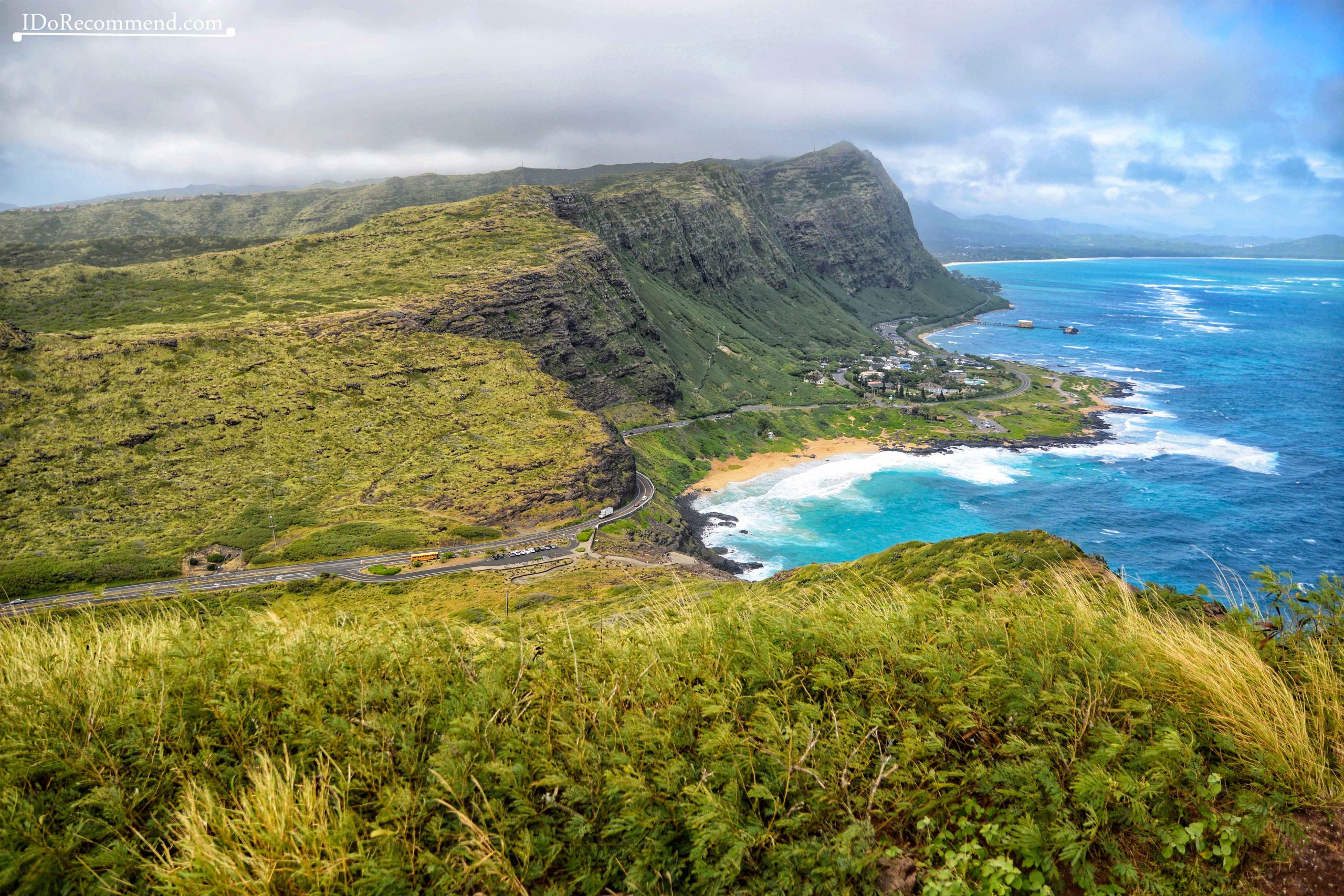
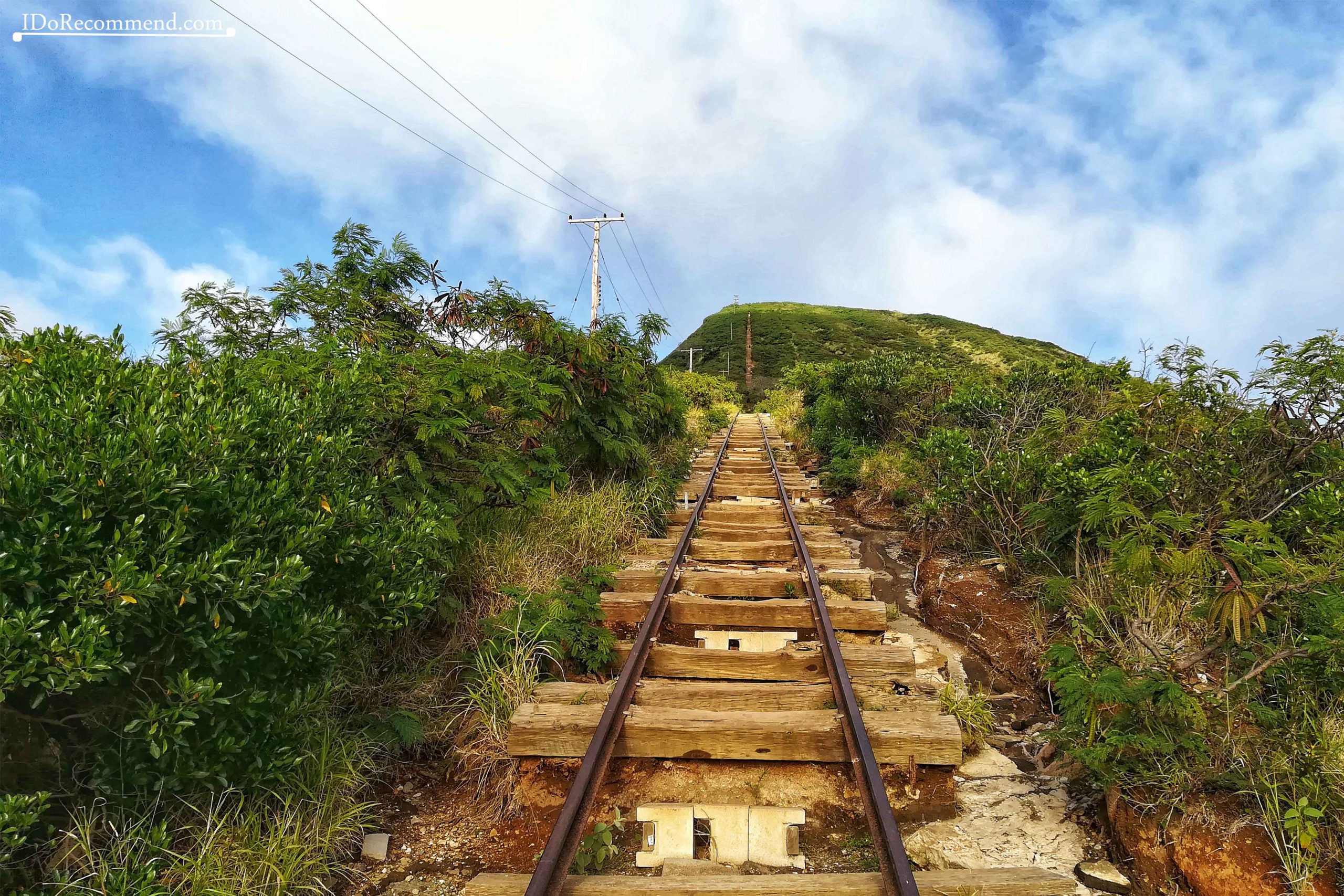
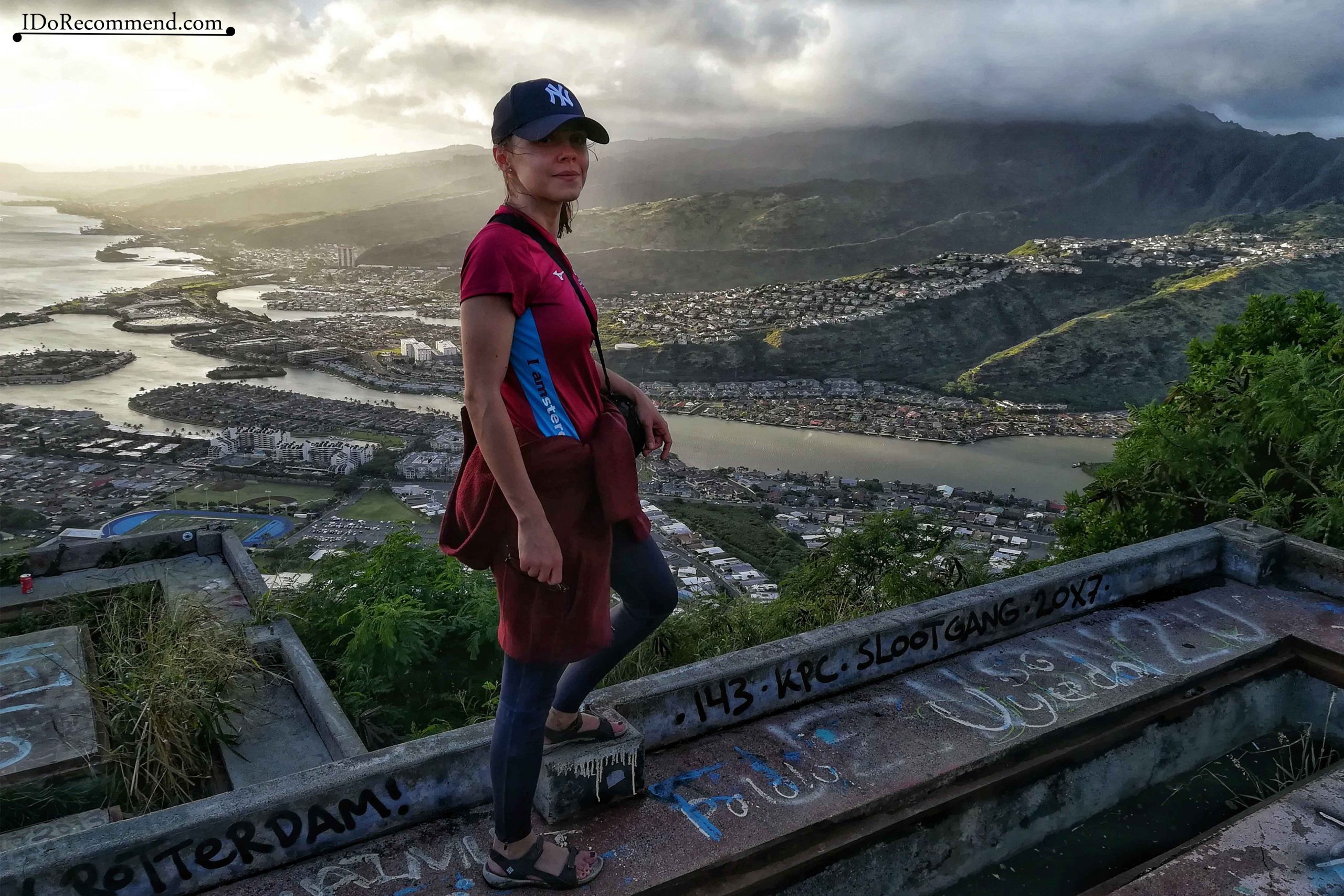
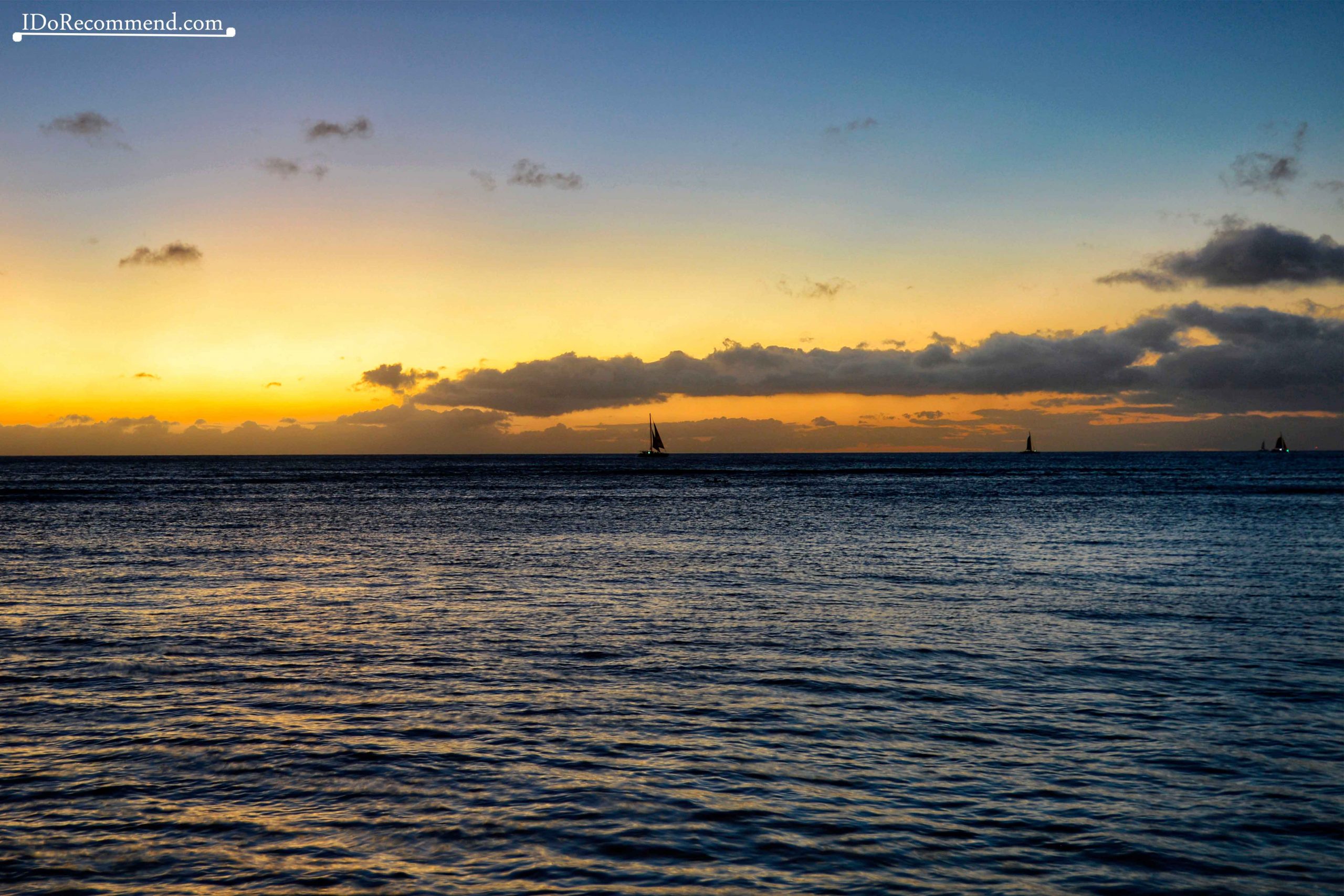
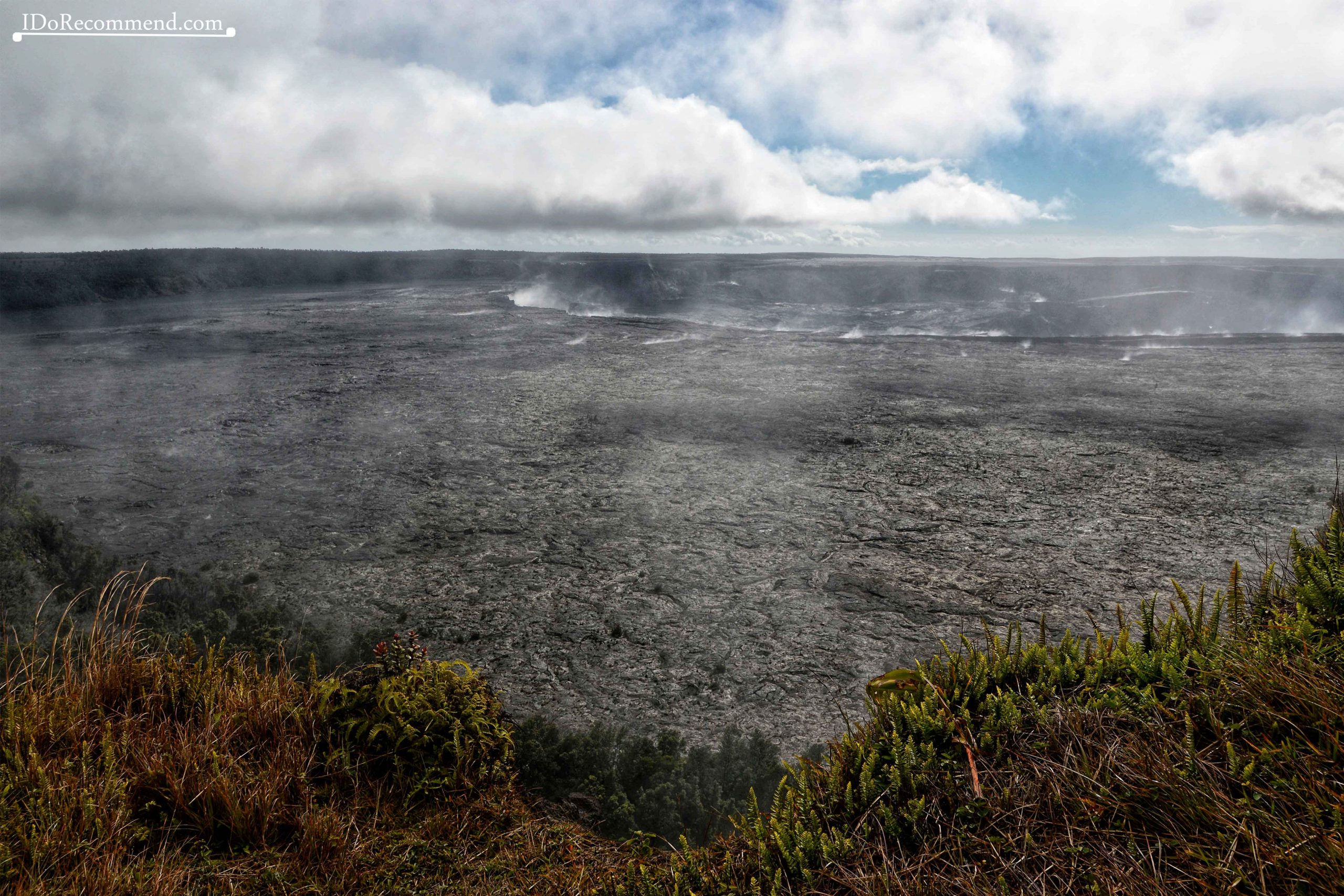
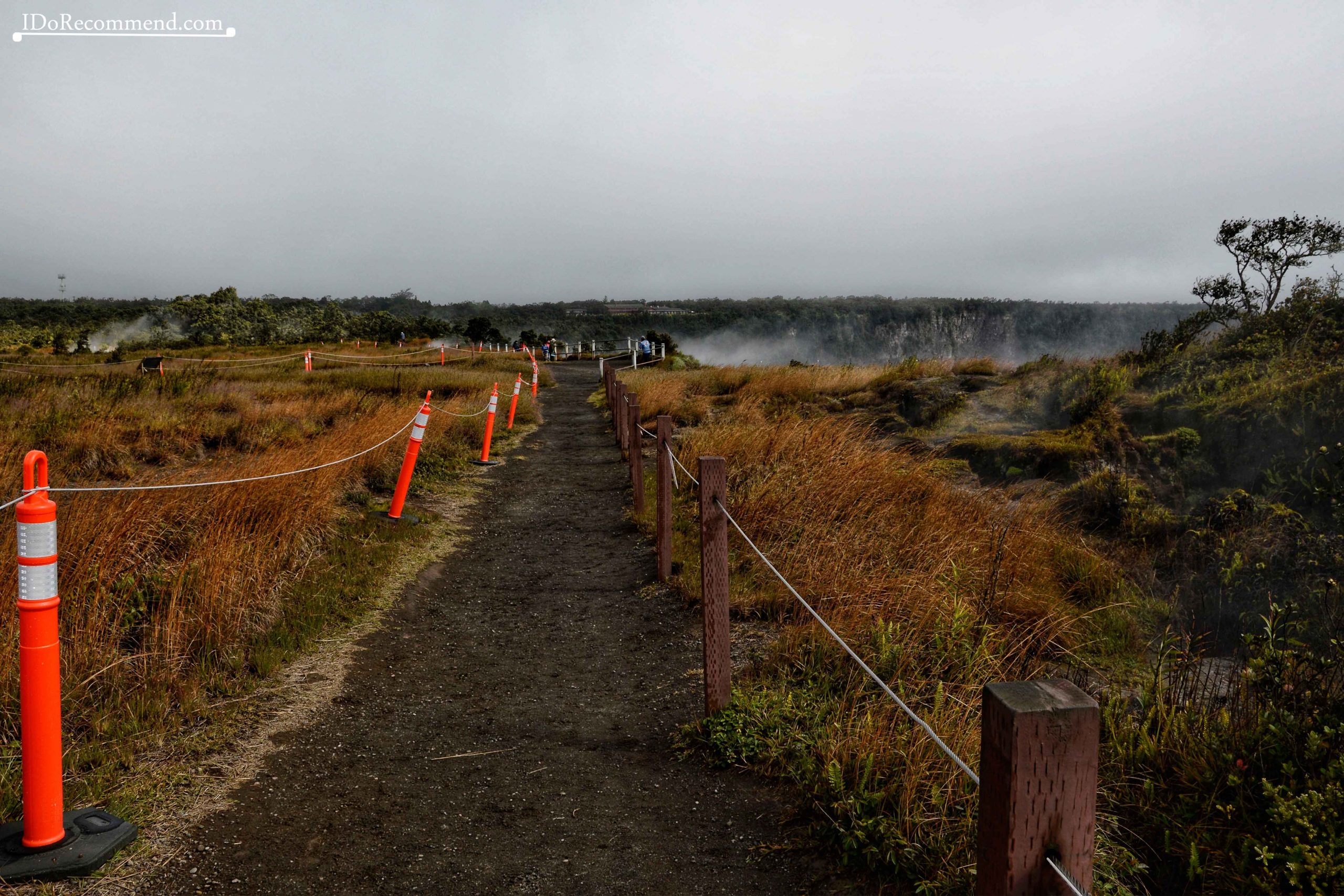

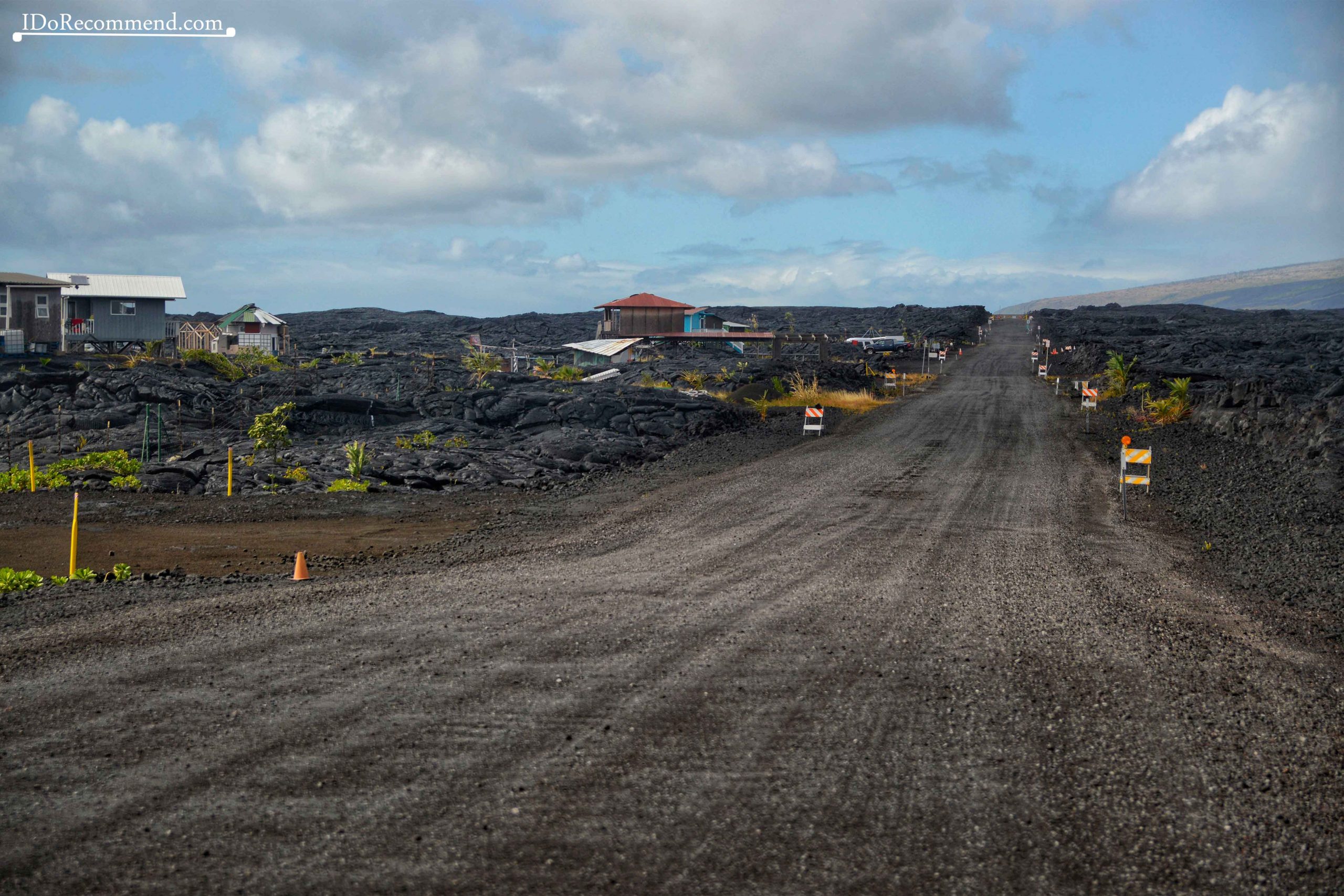
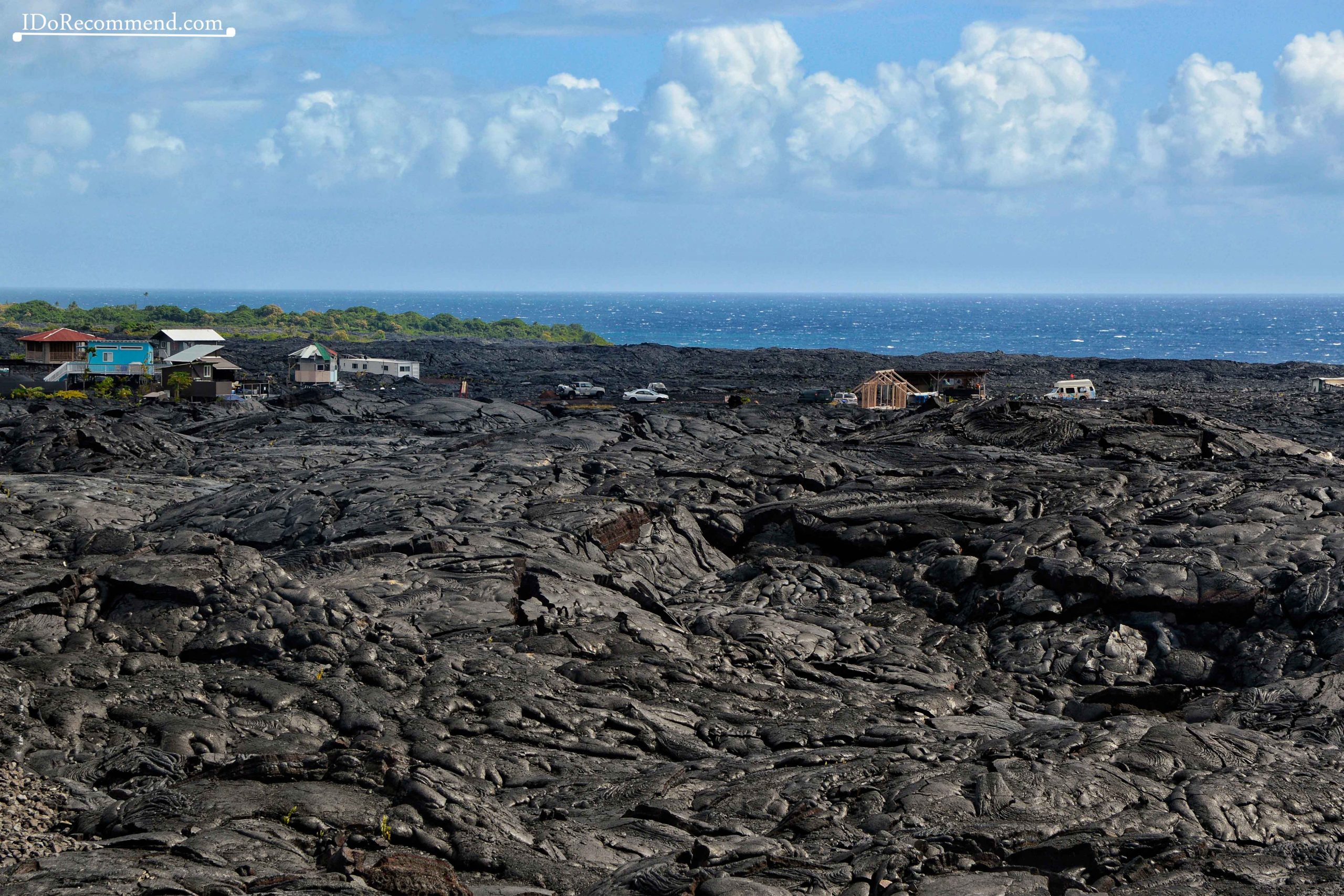
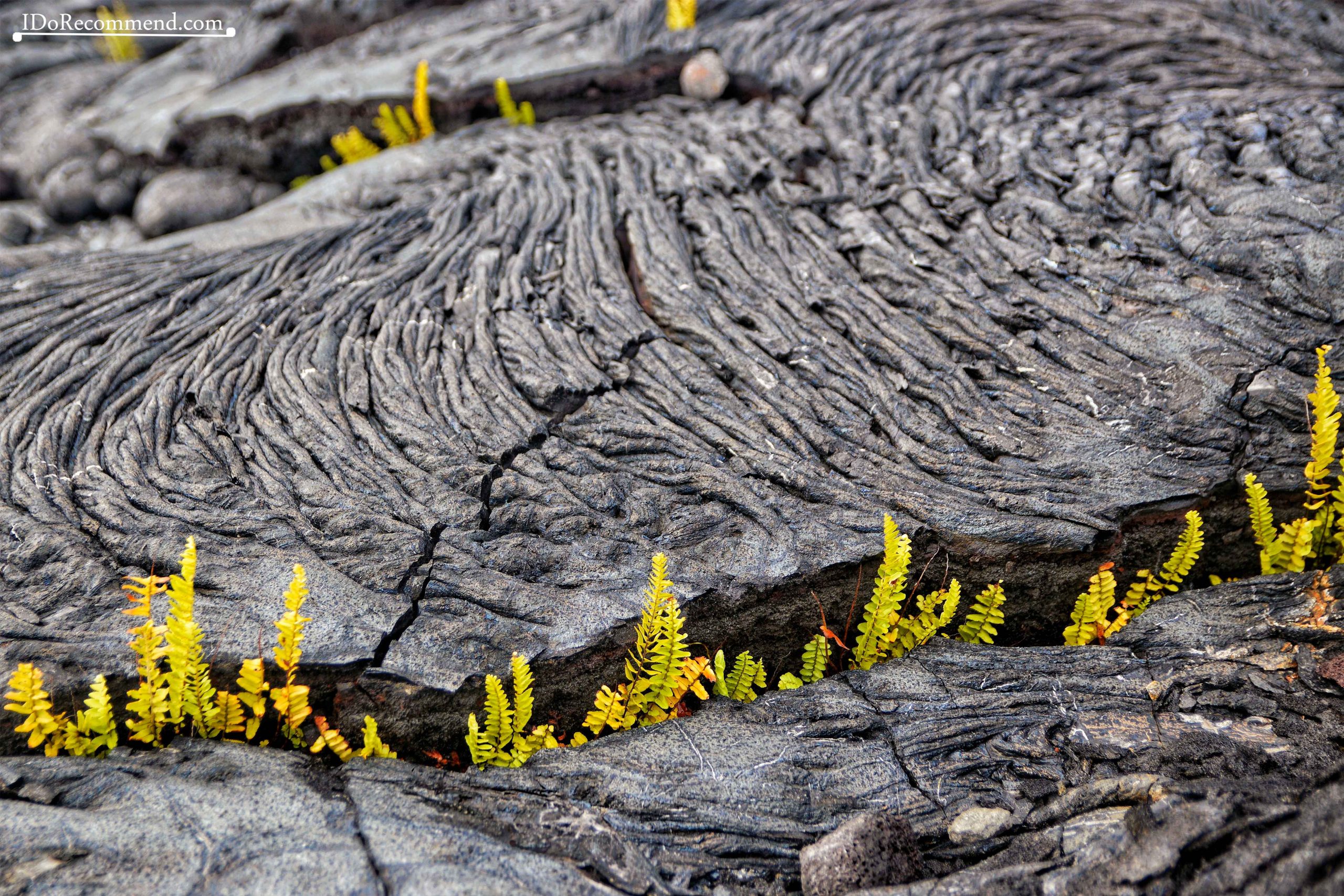
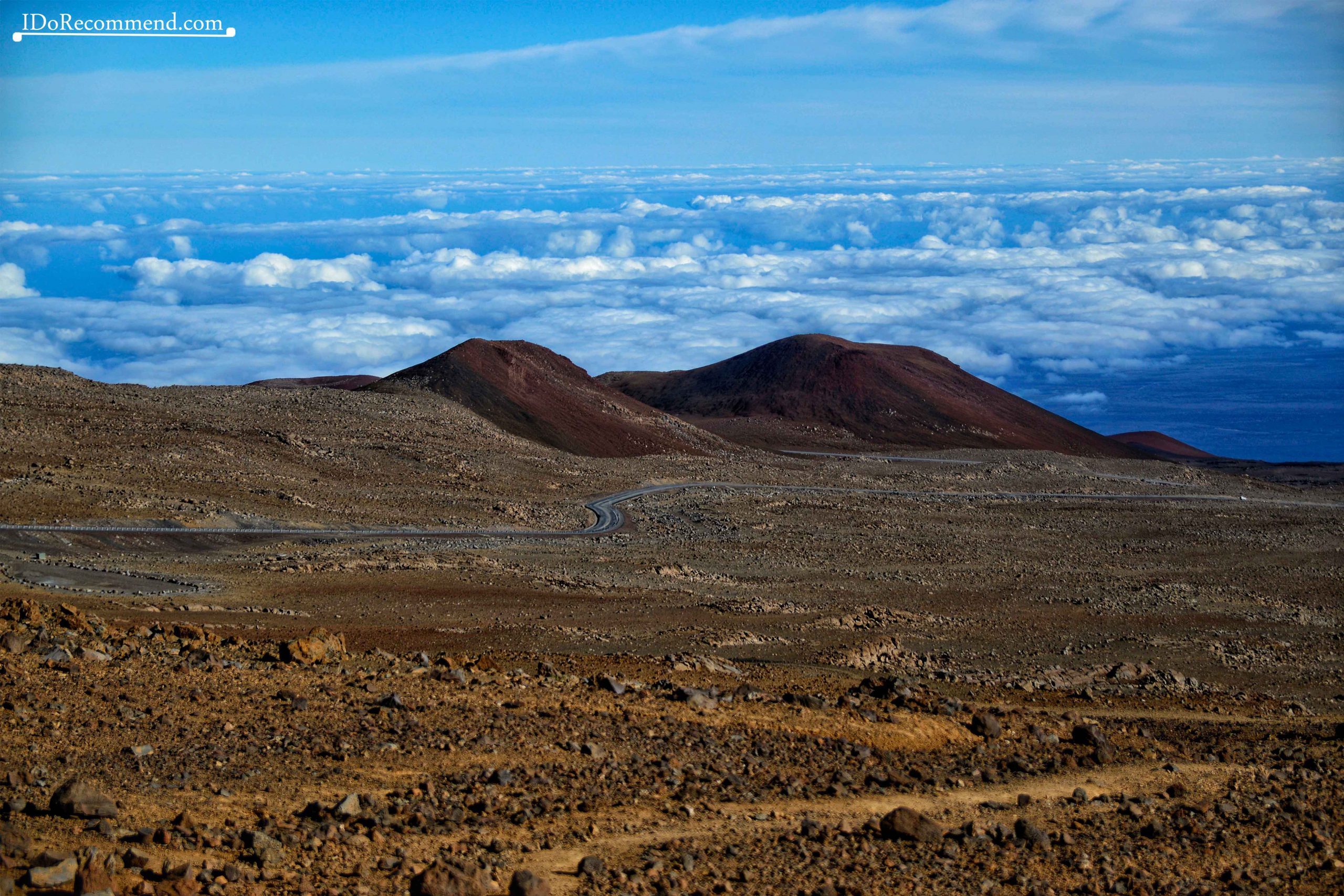
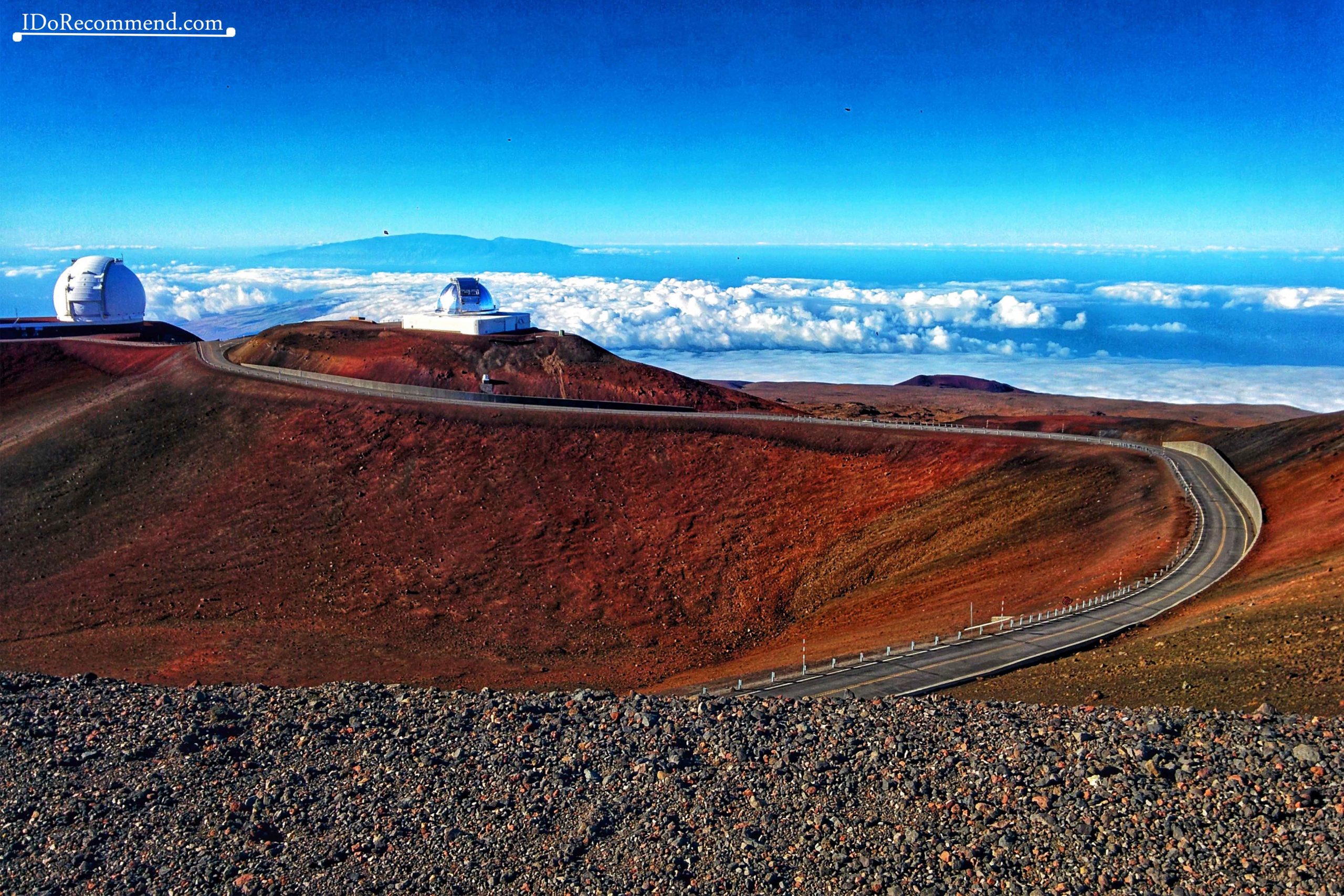
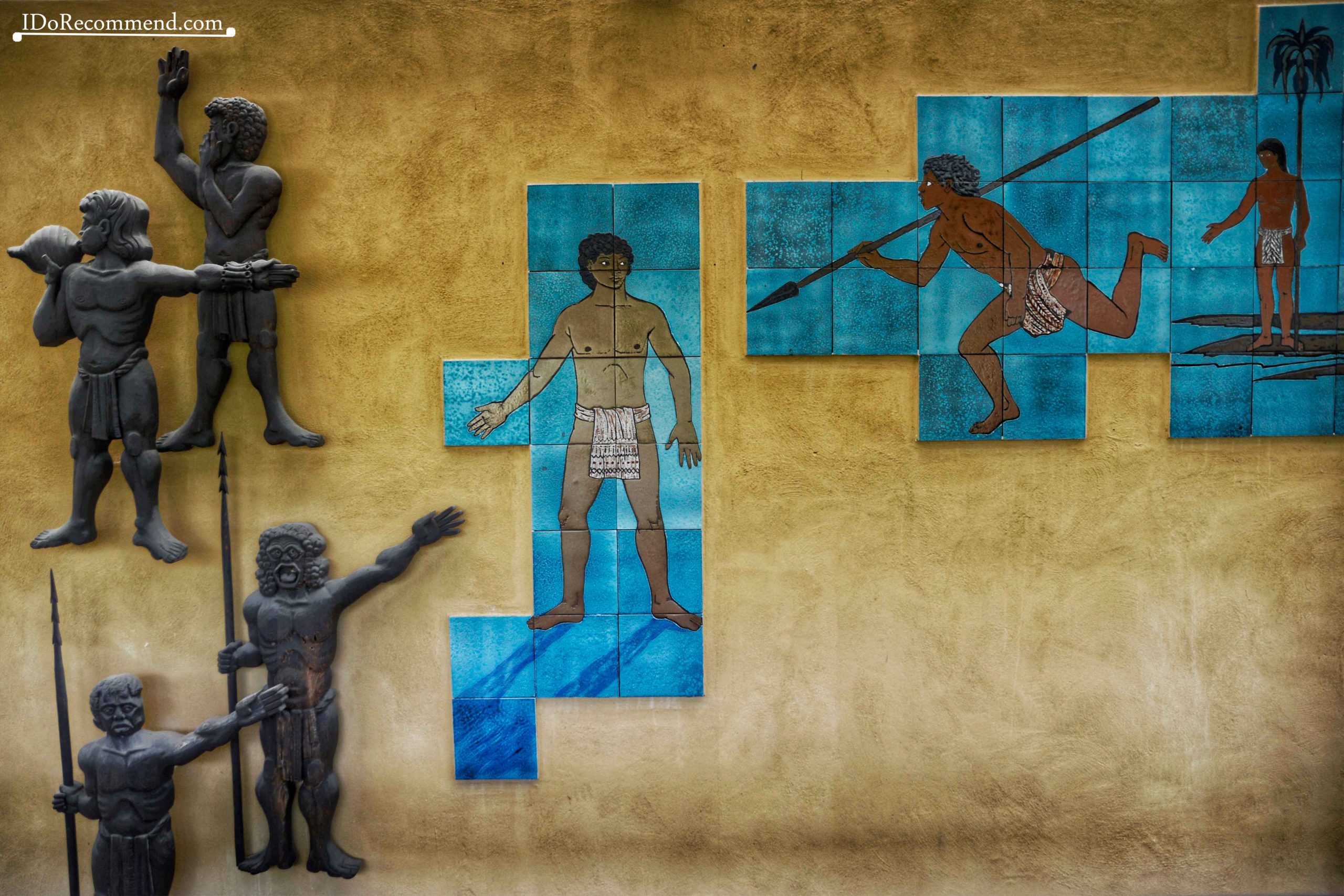
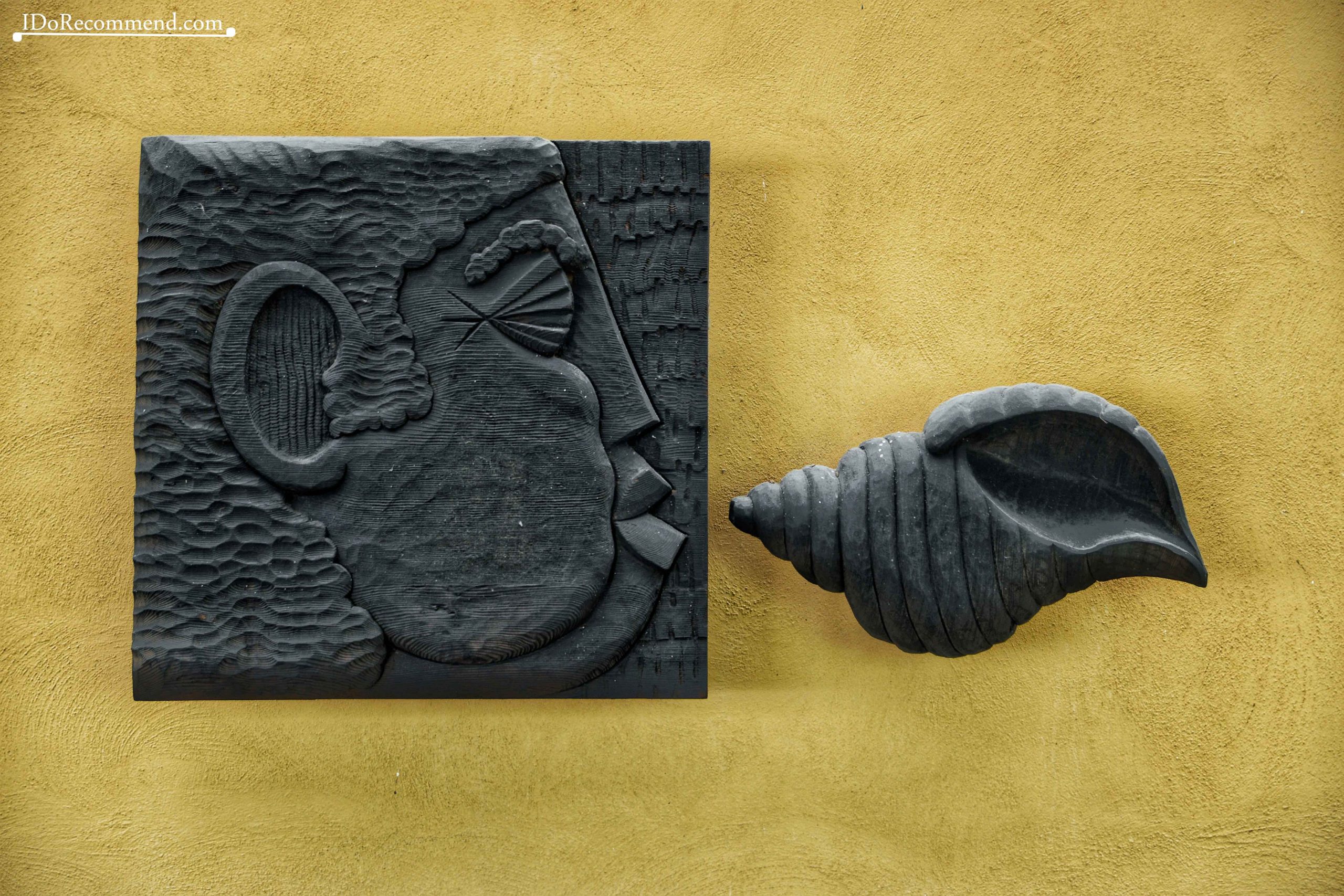
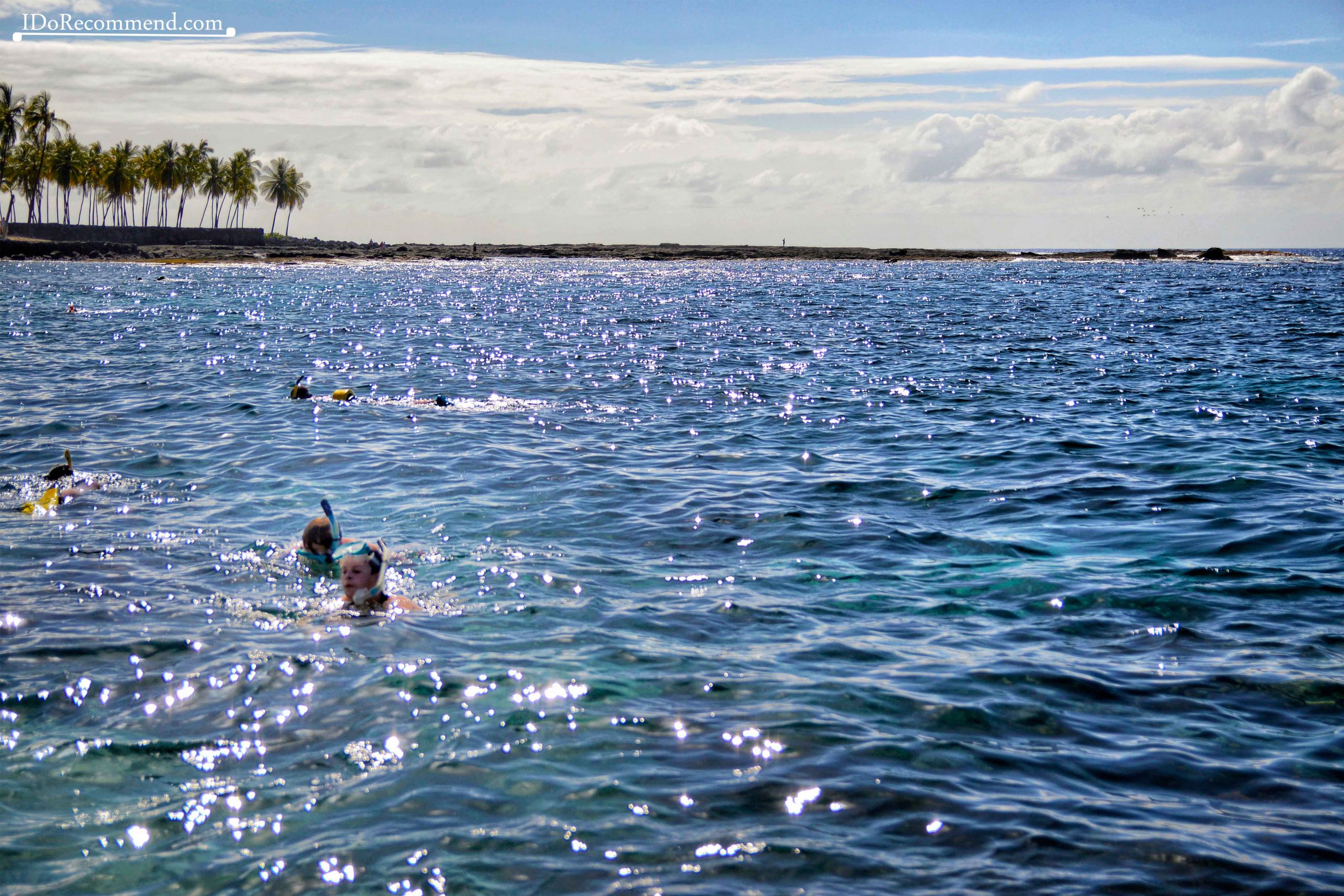
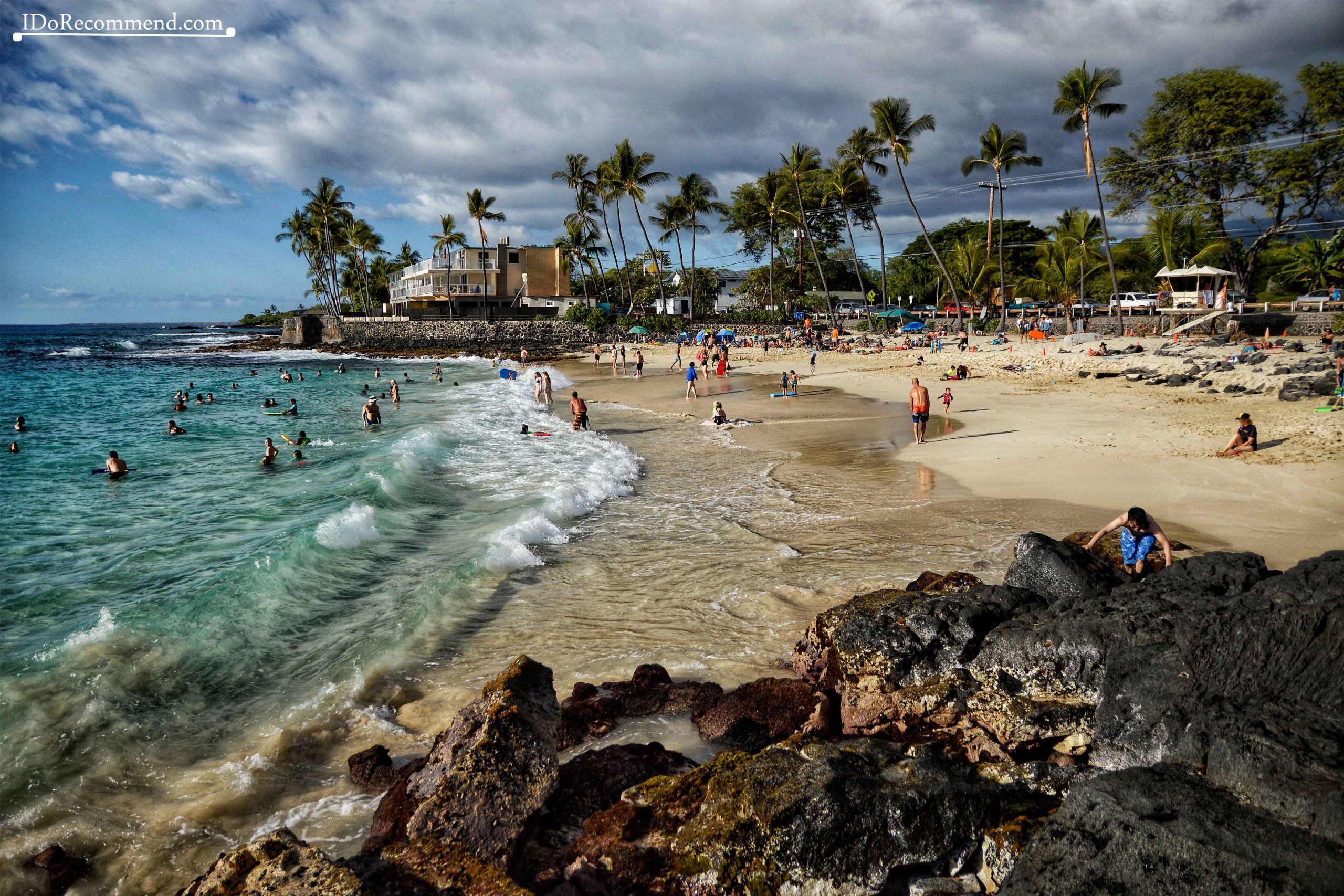
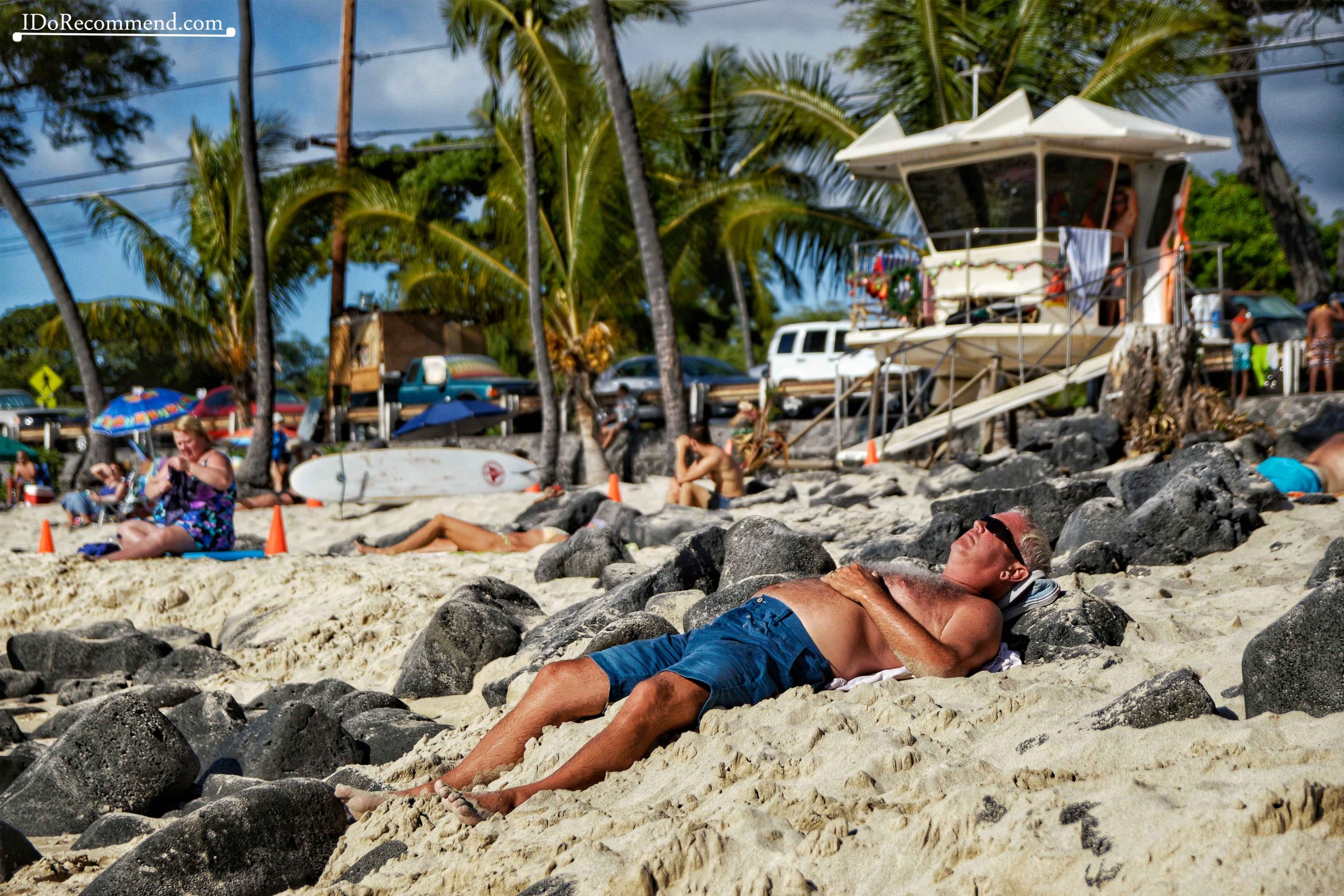
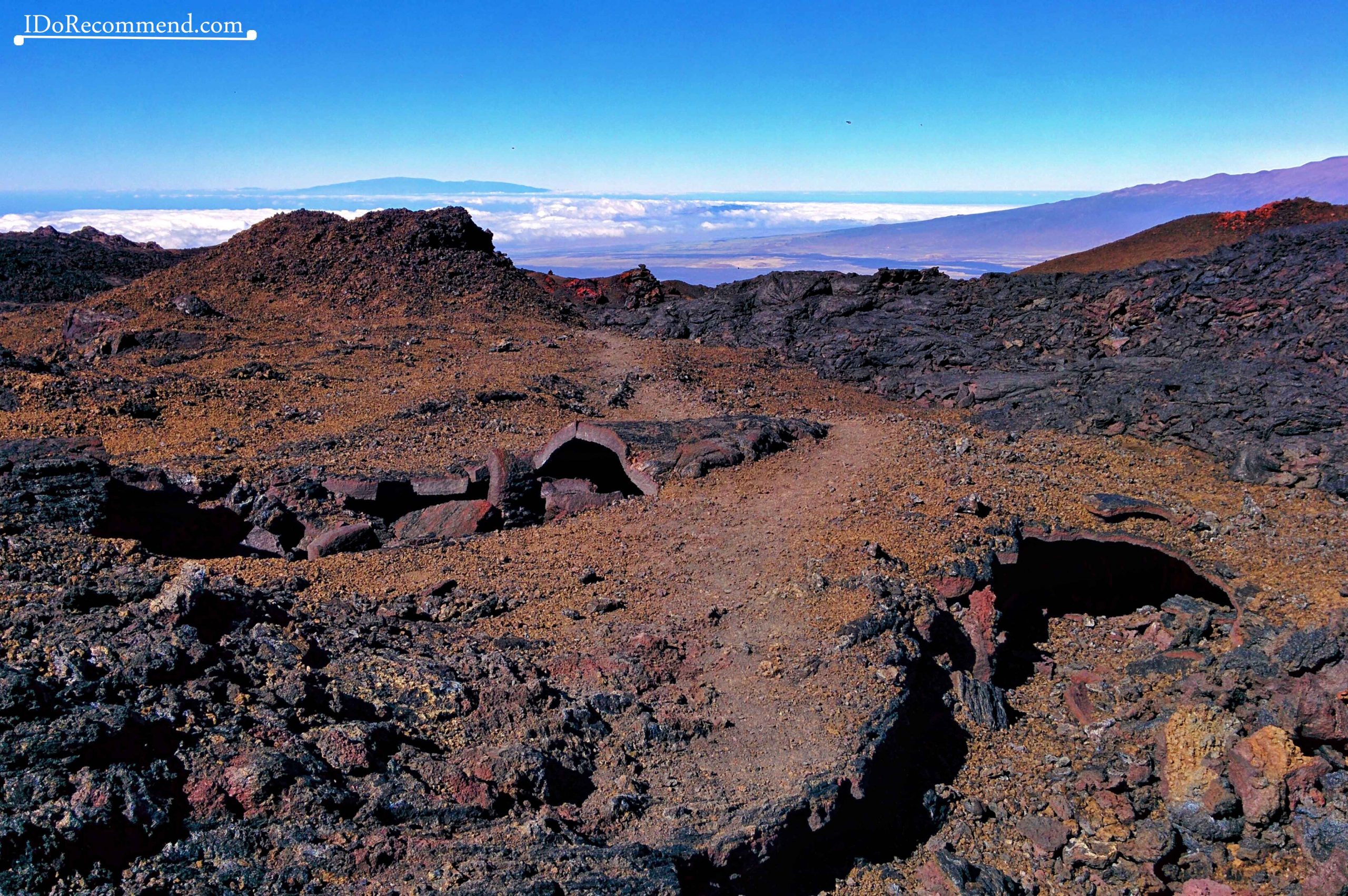
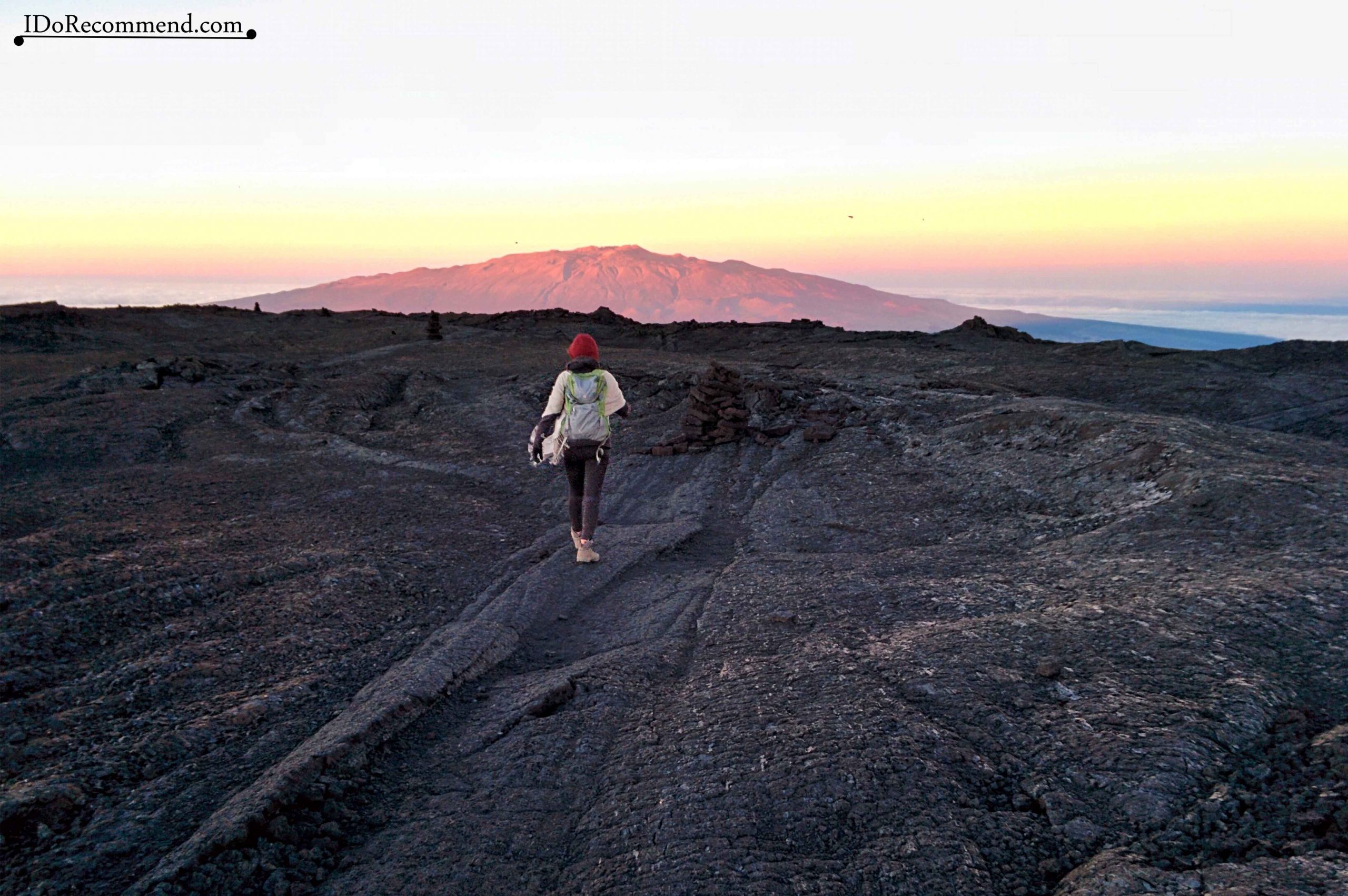
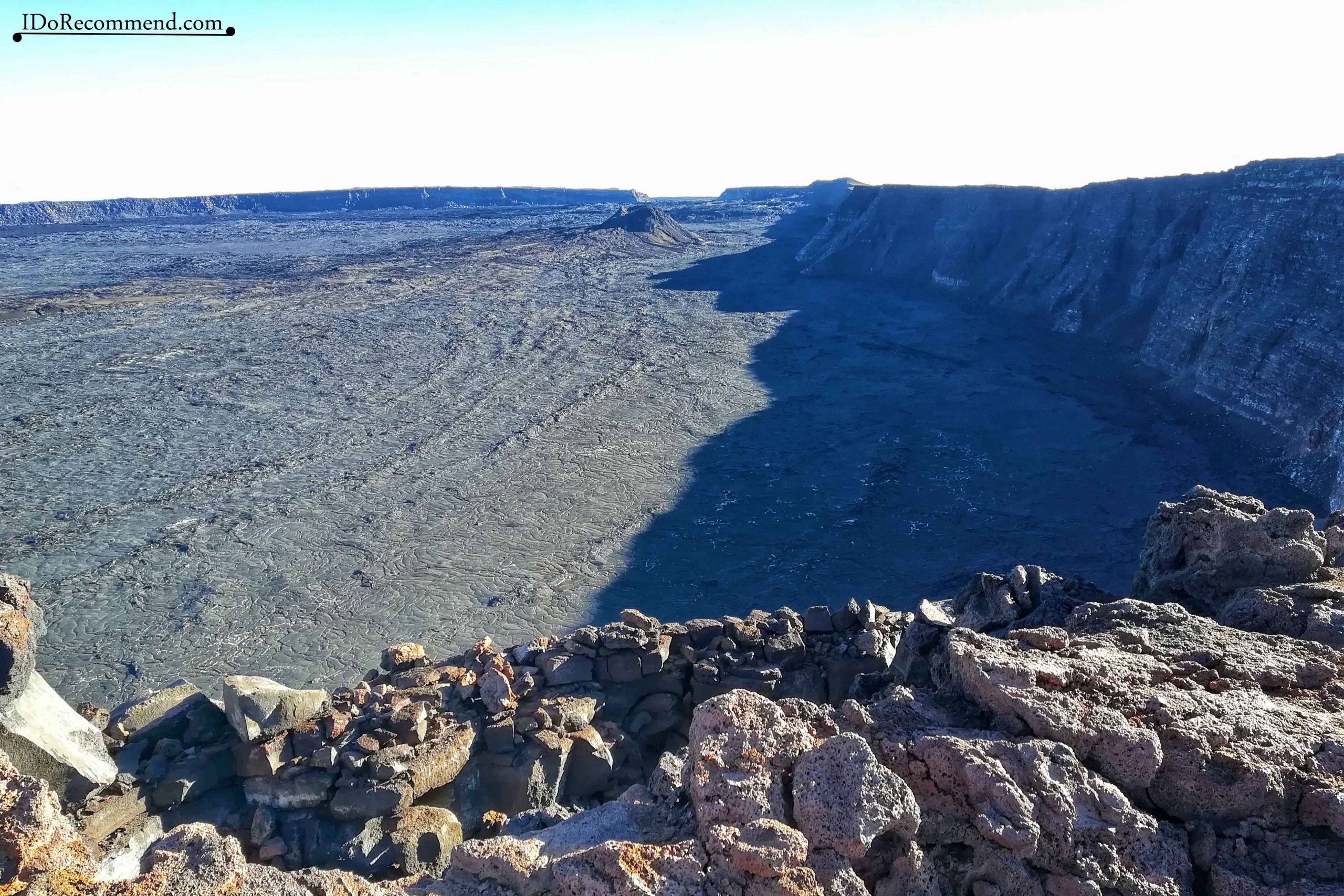
1 comment
wow, such an amazing place!